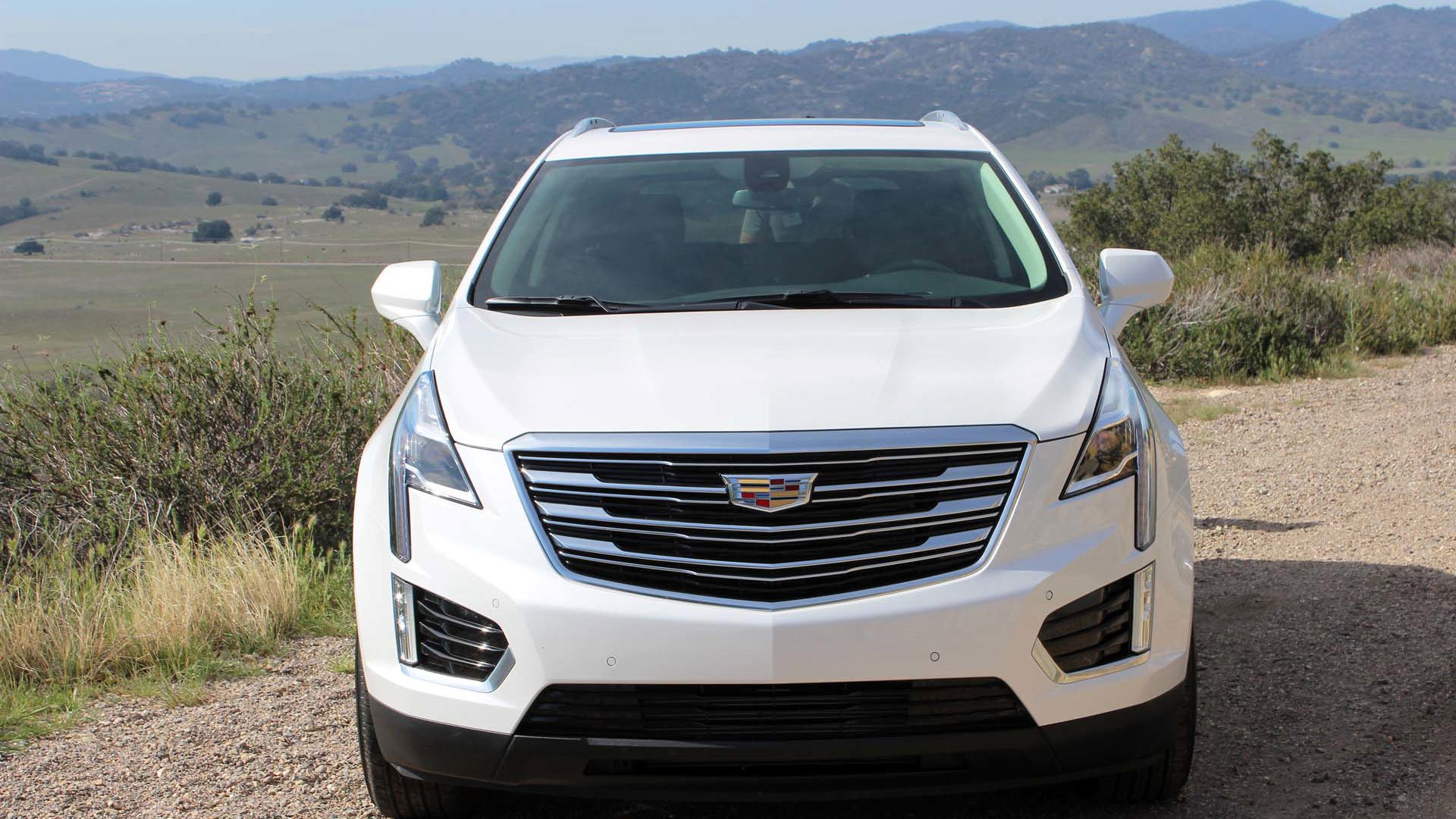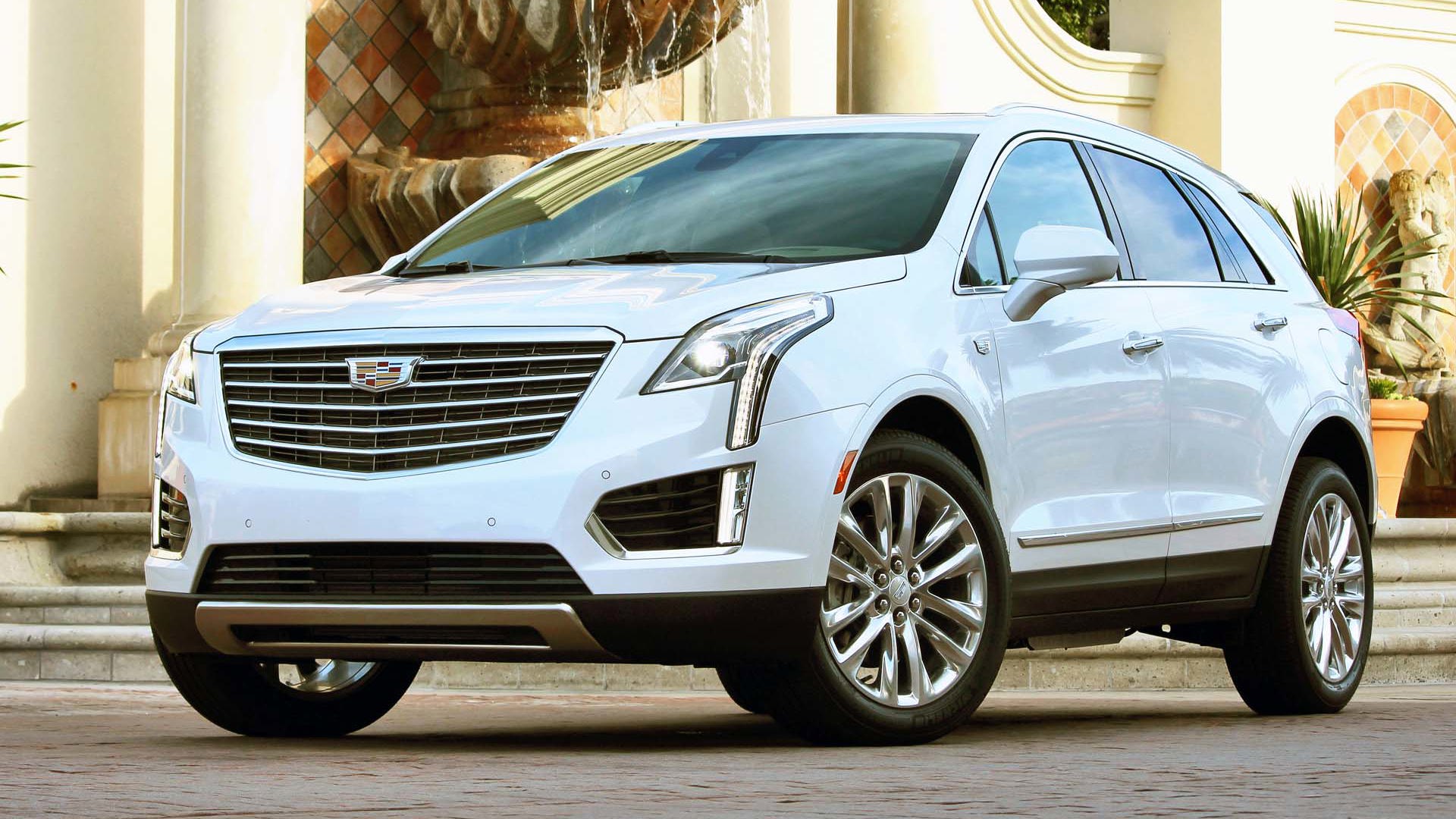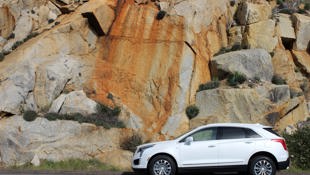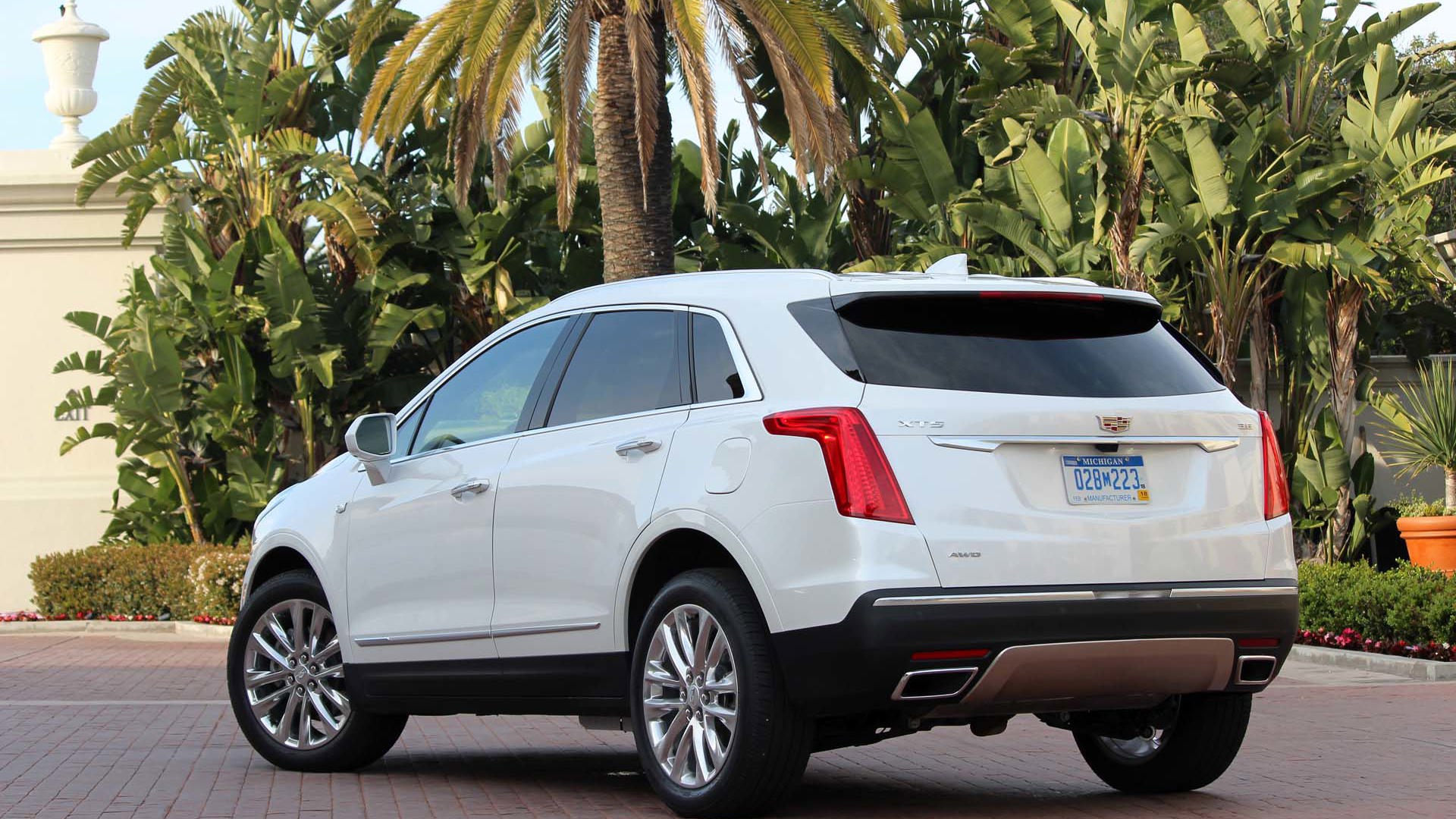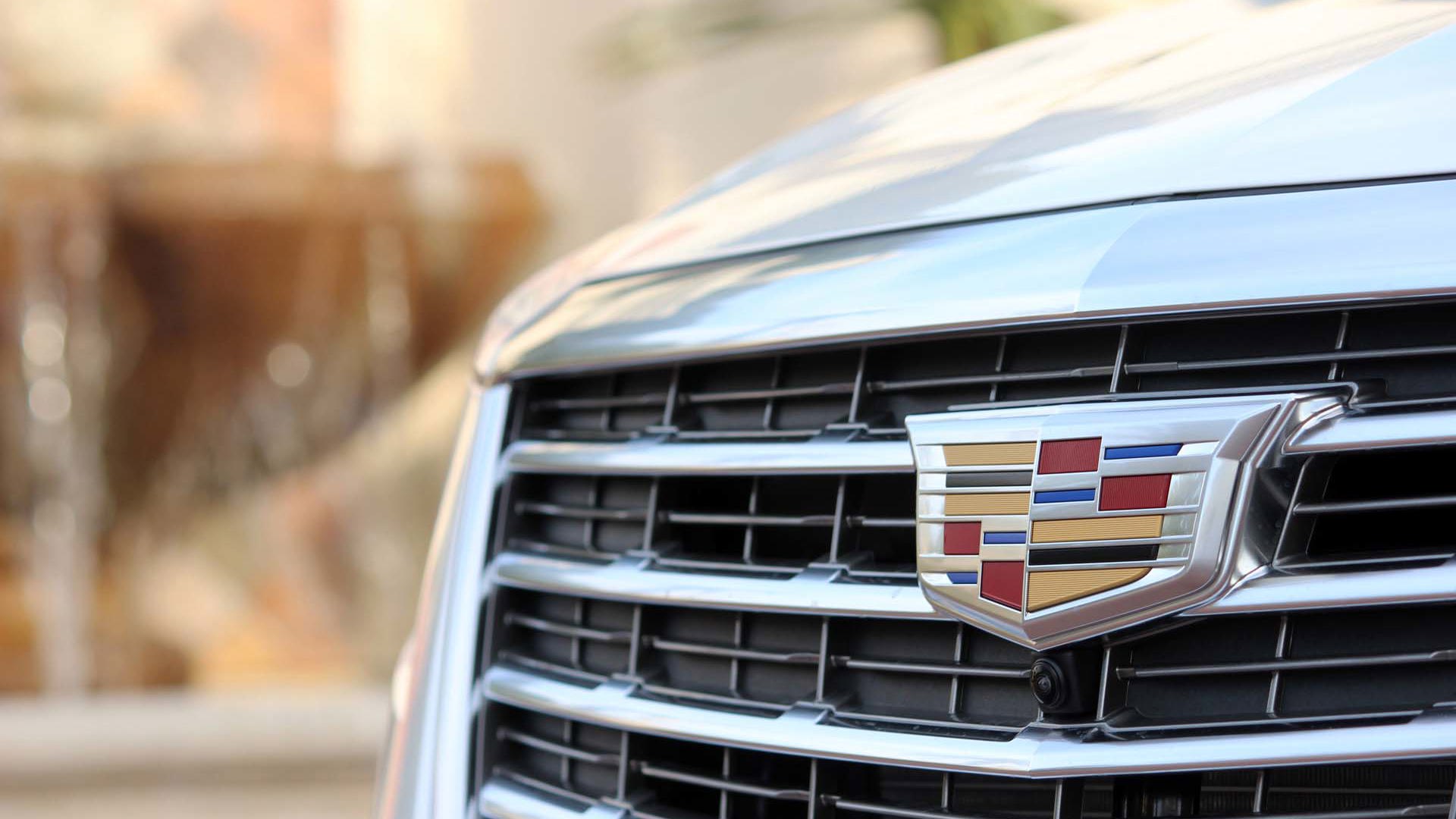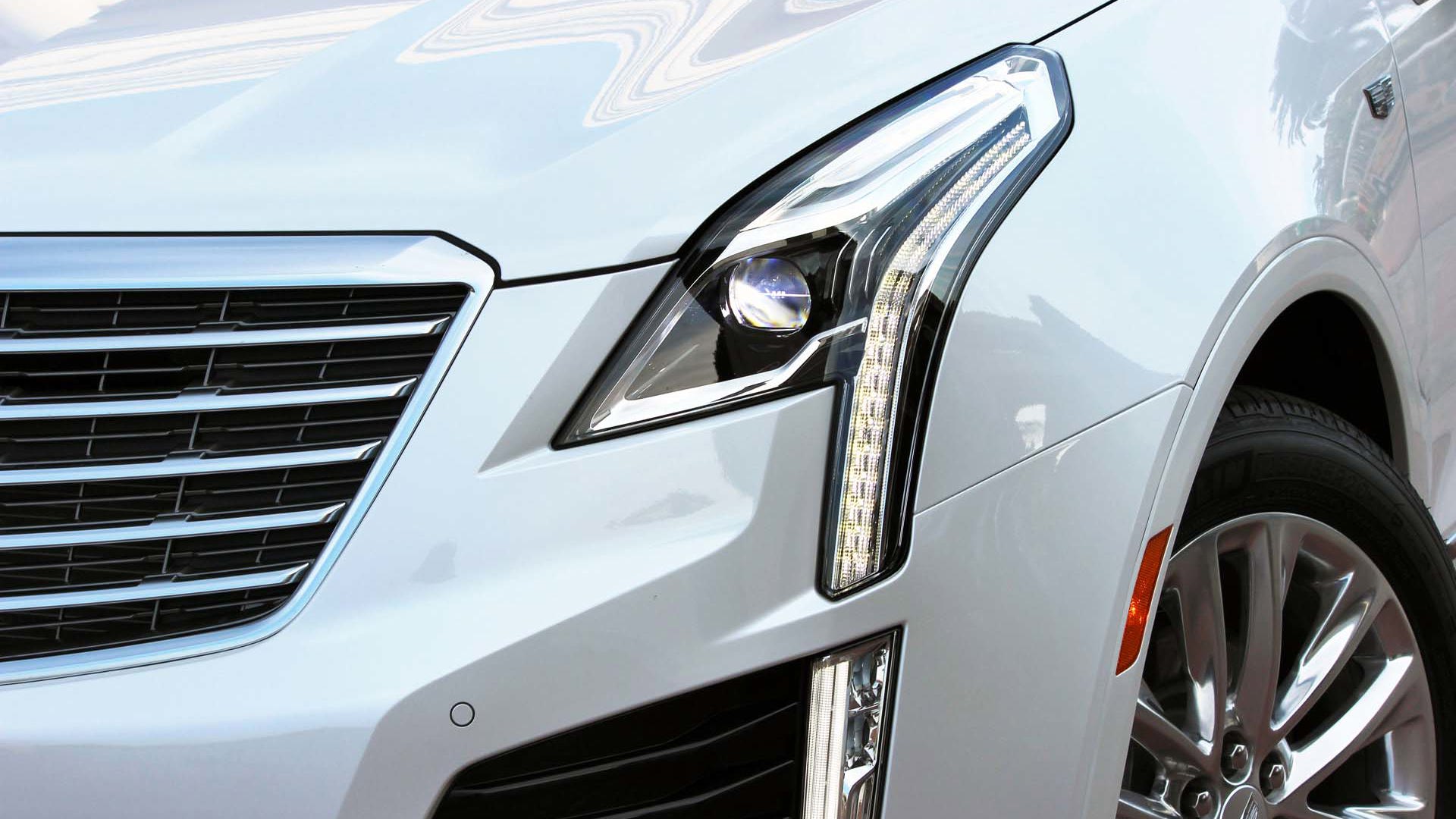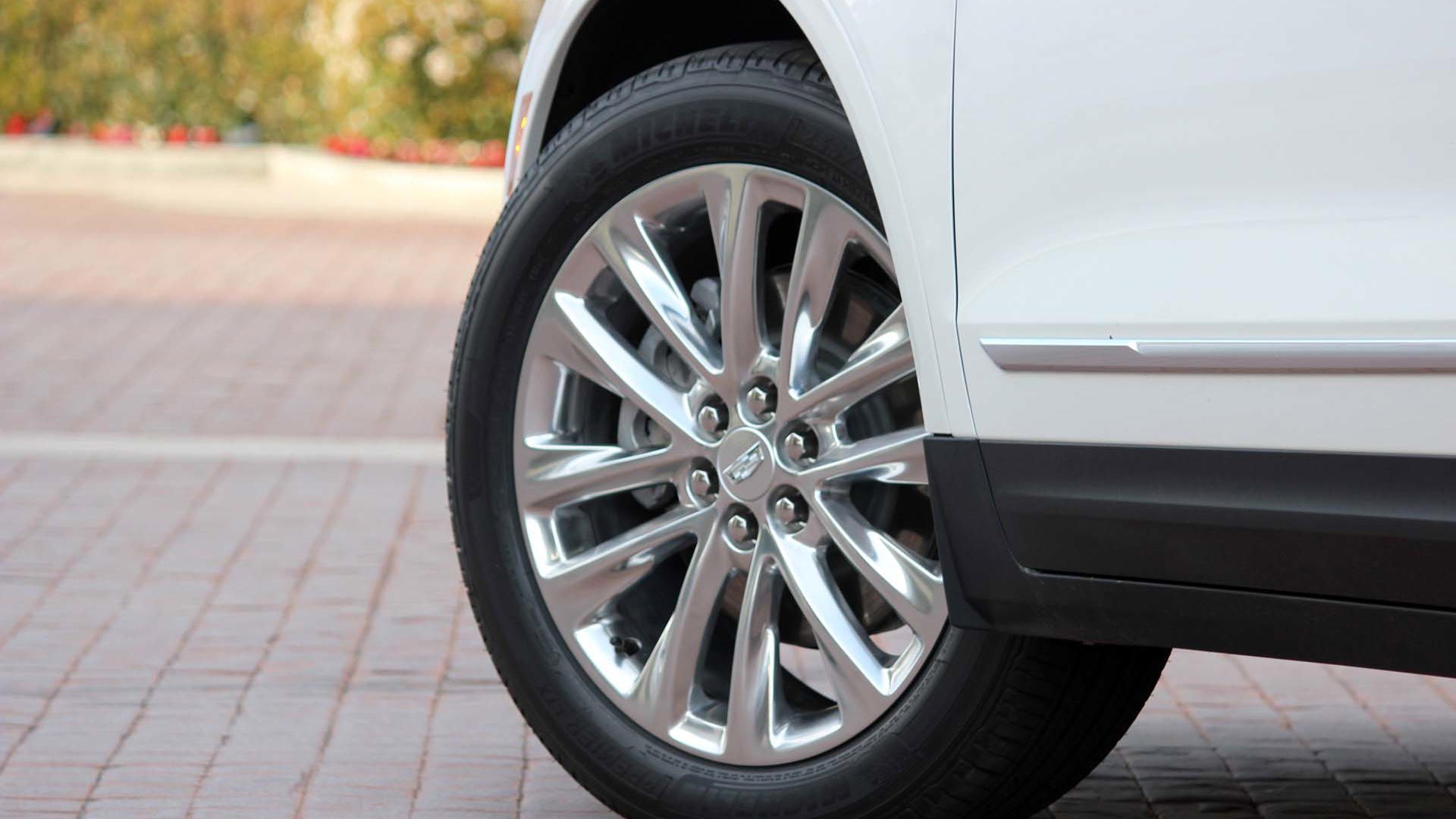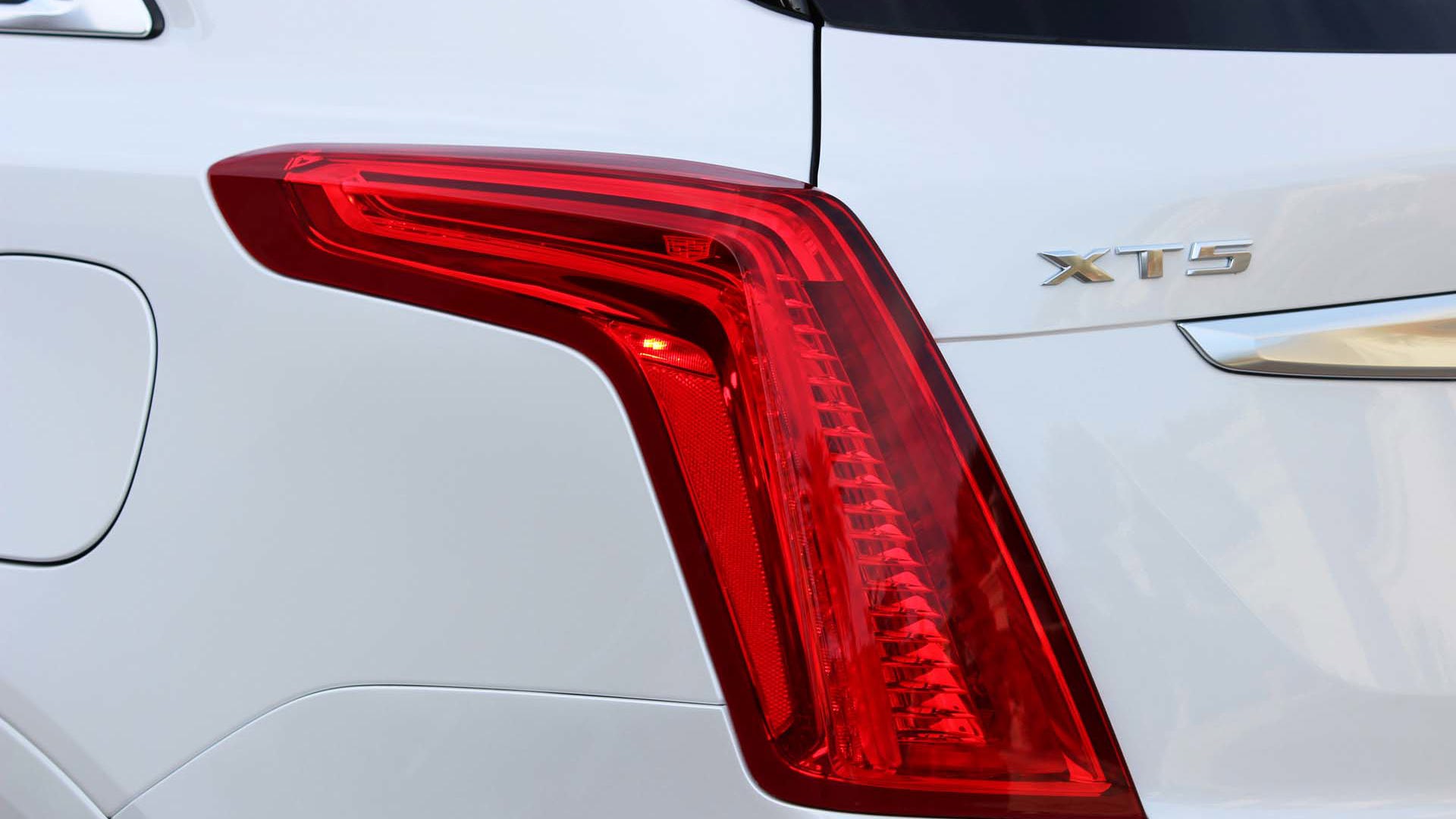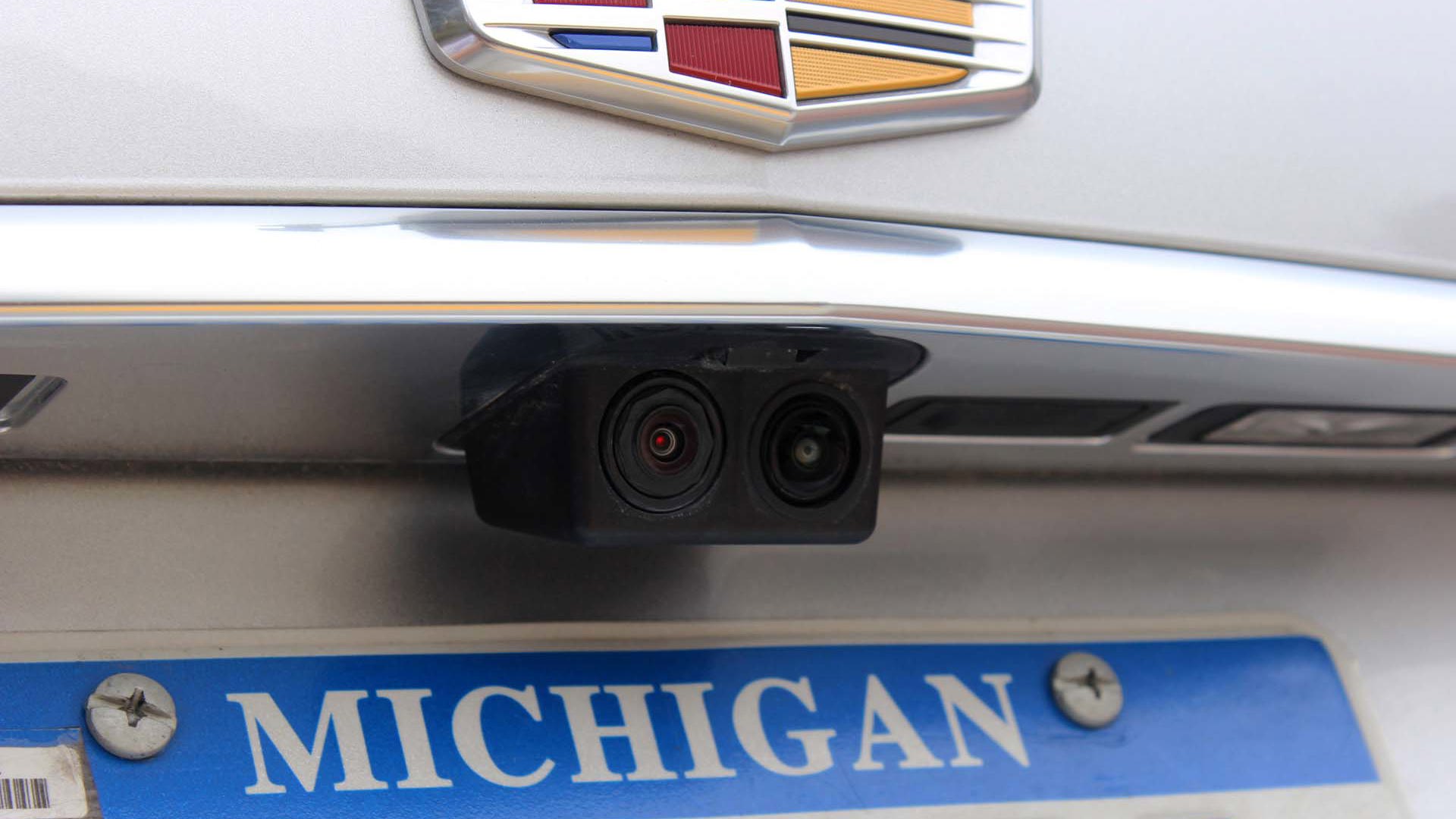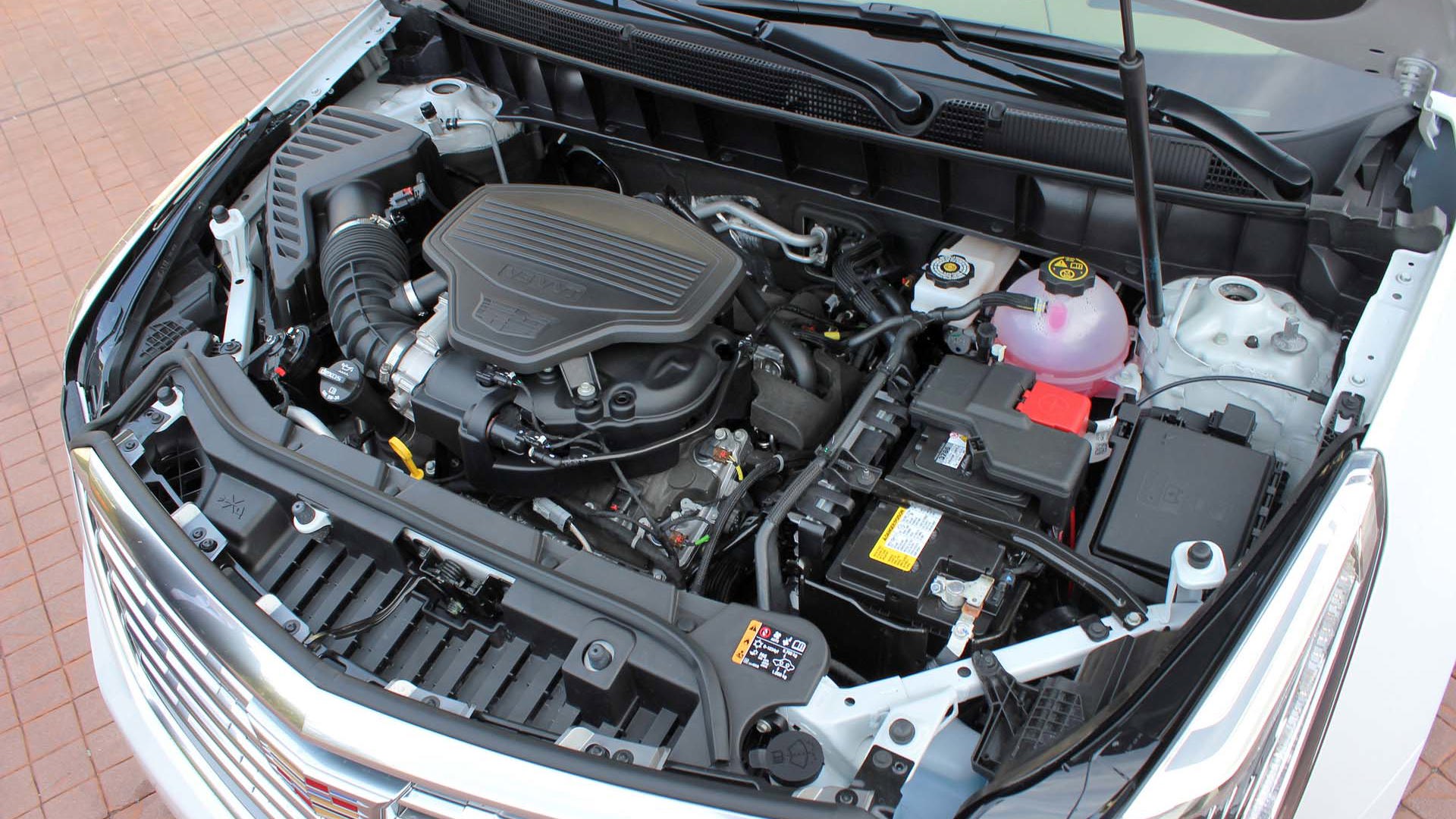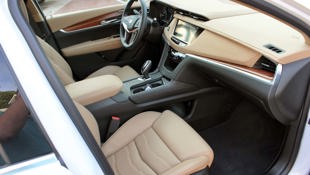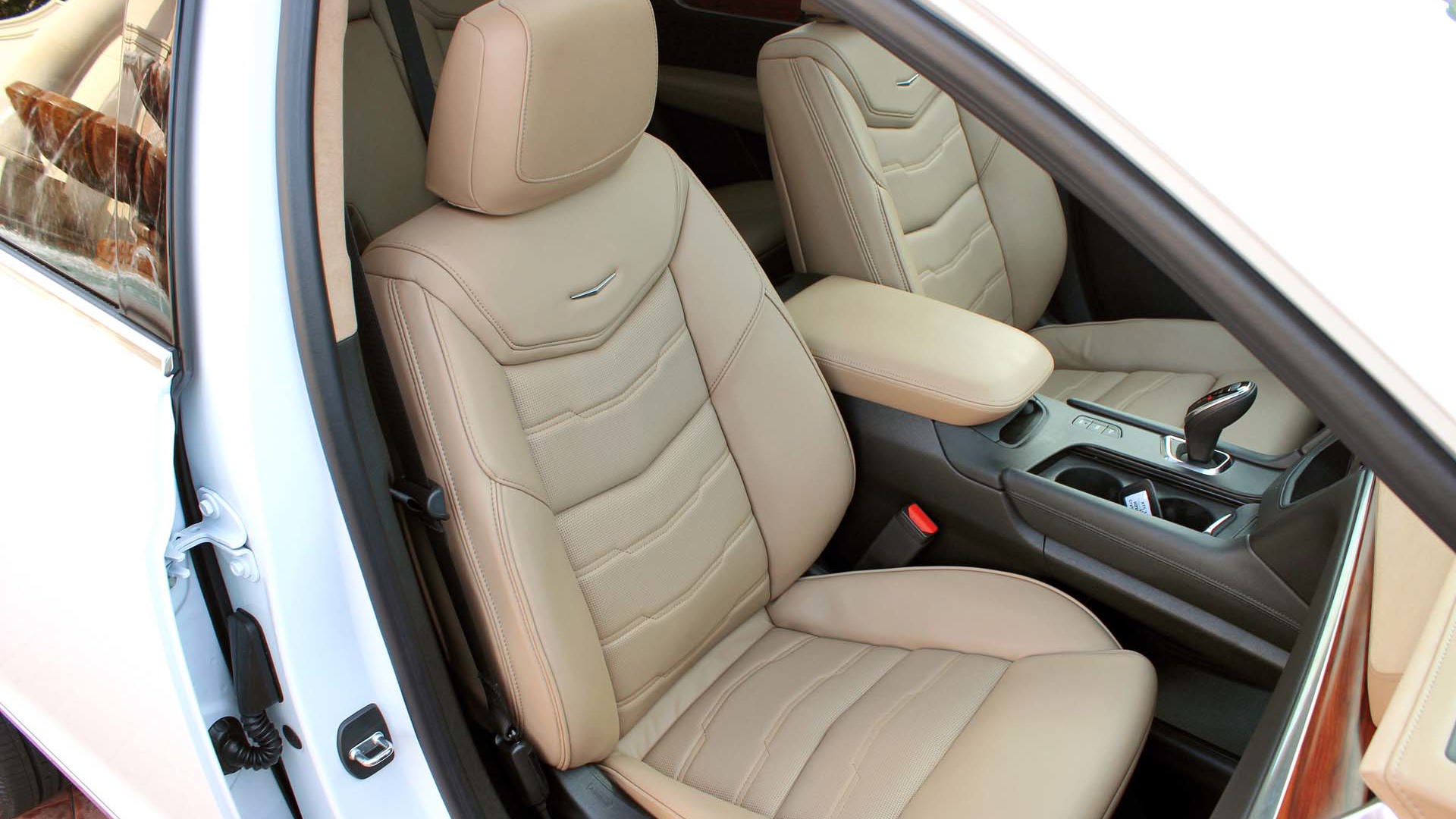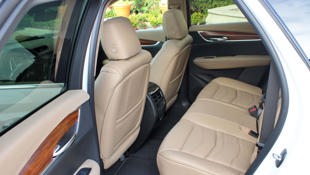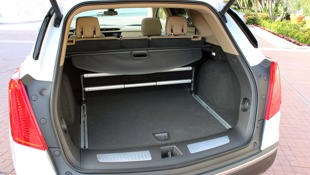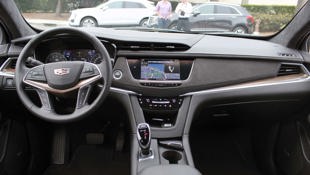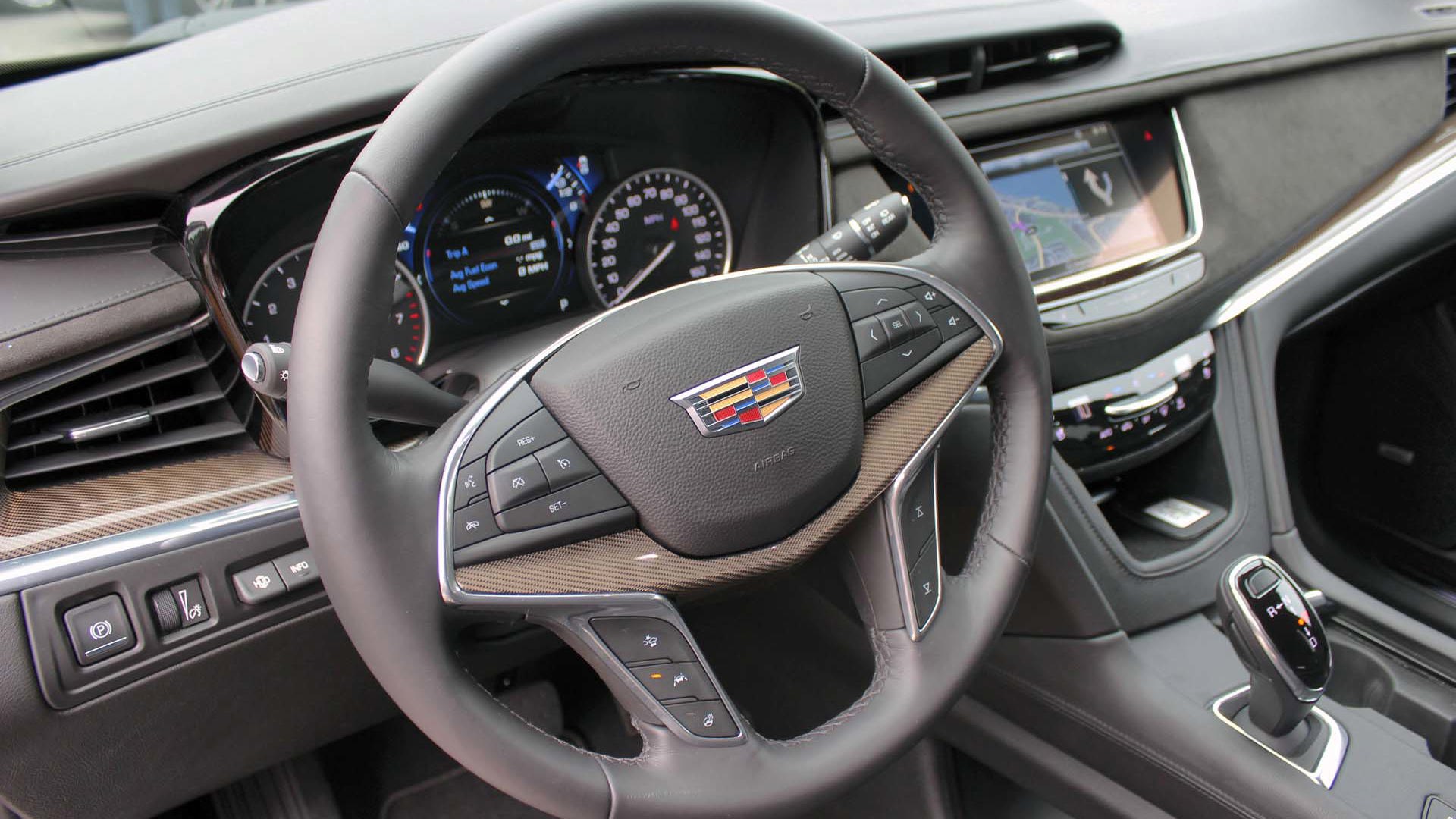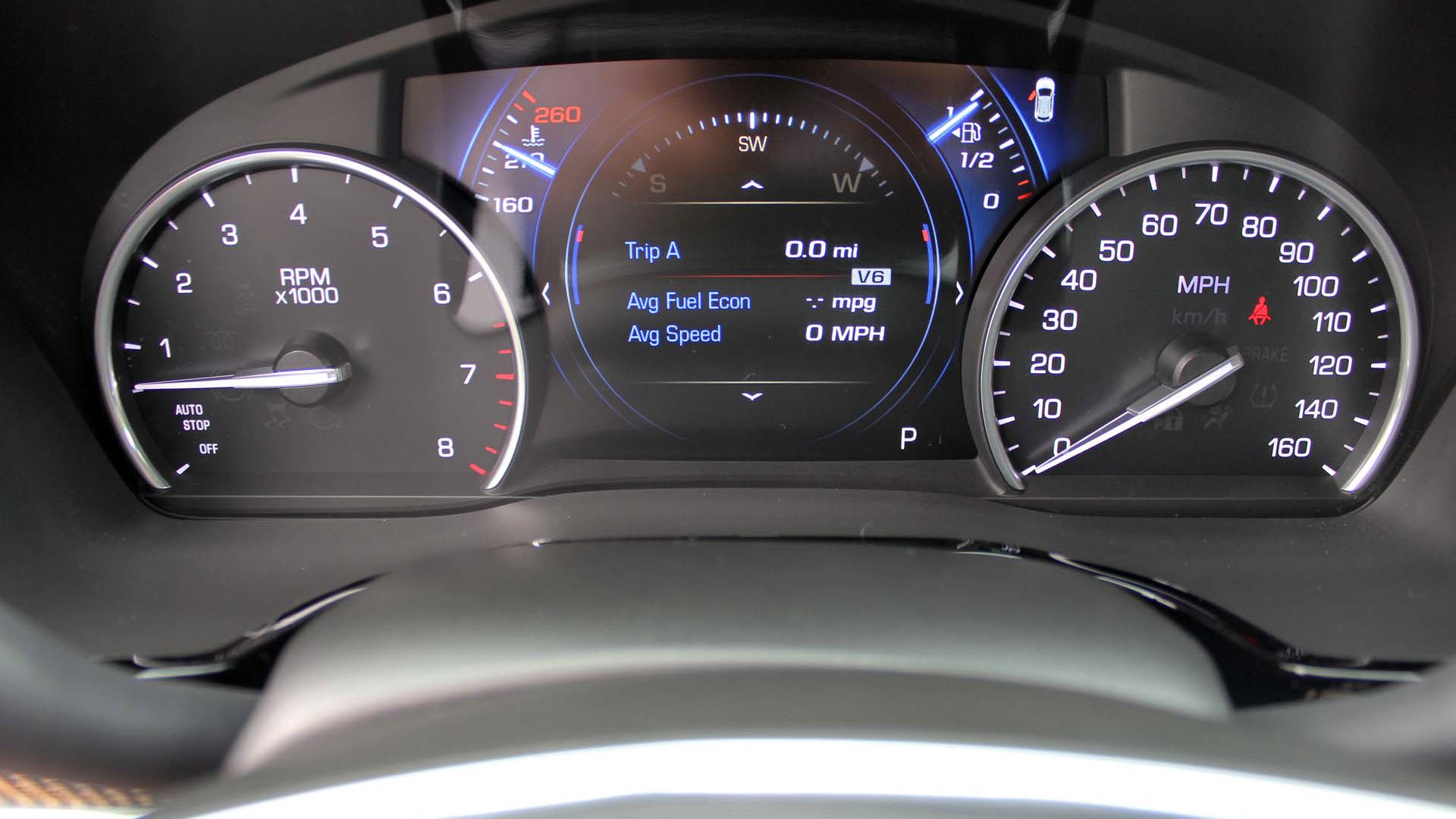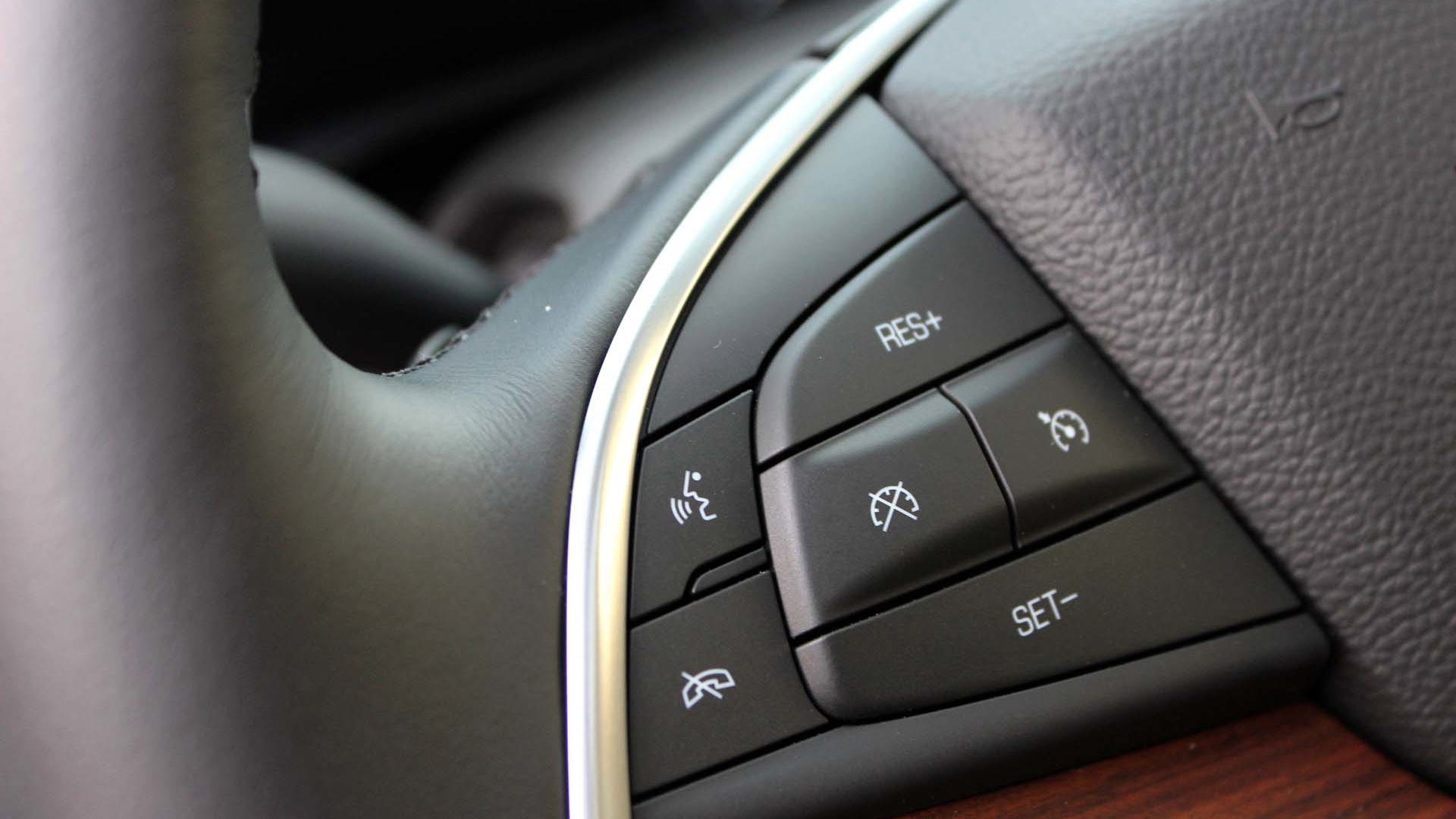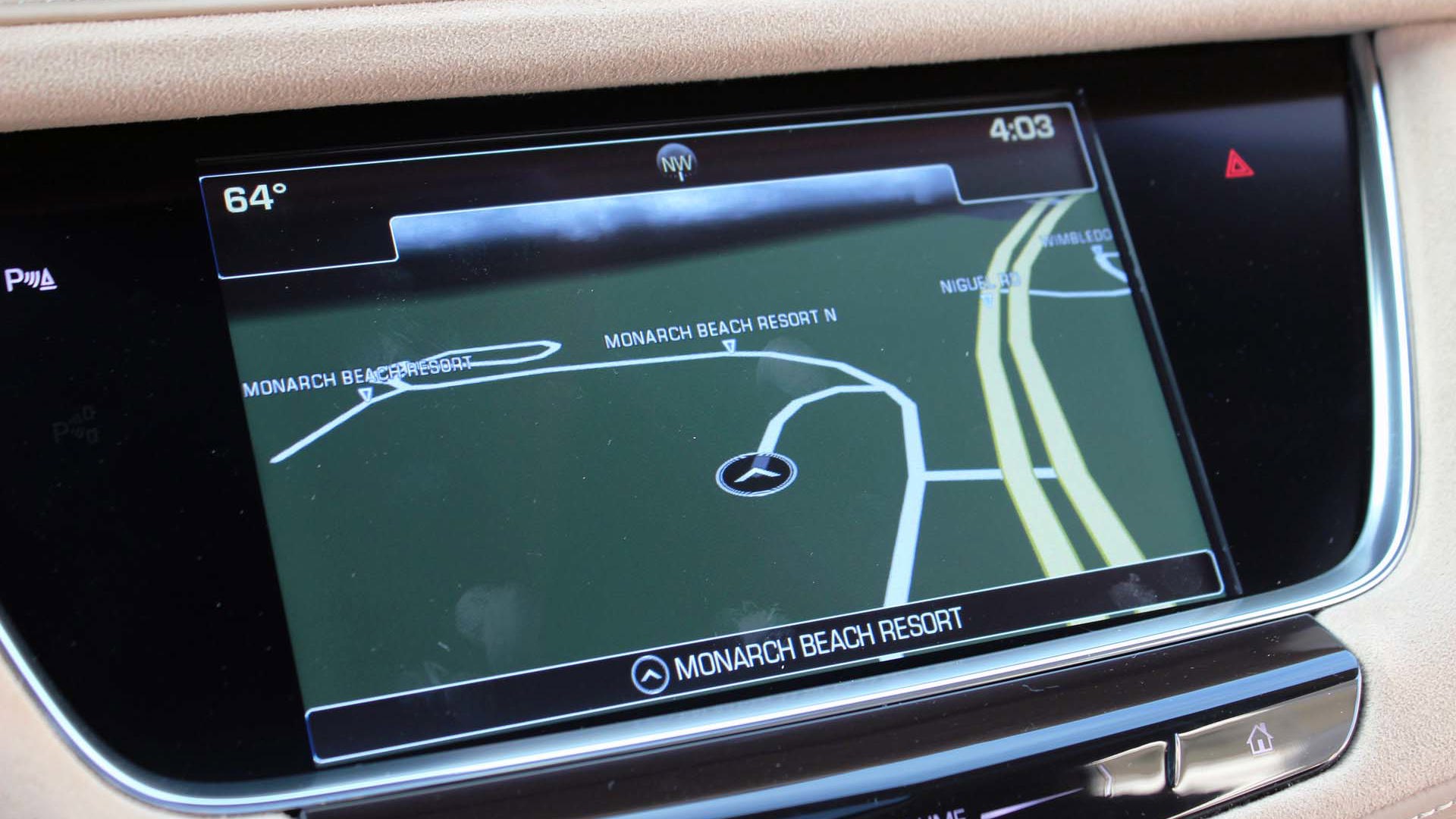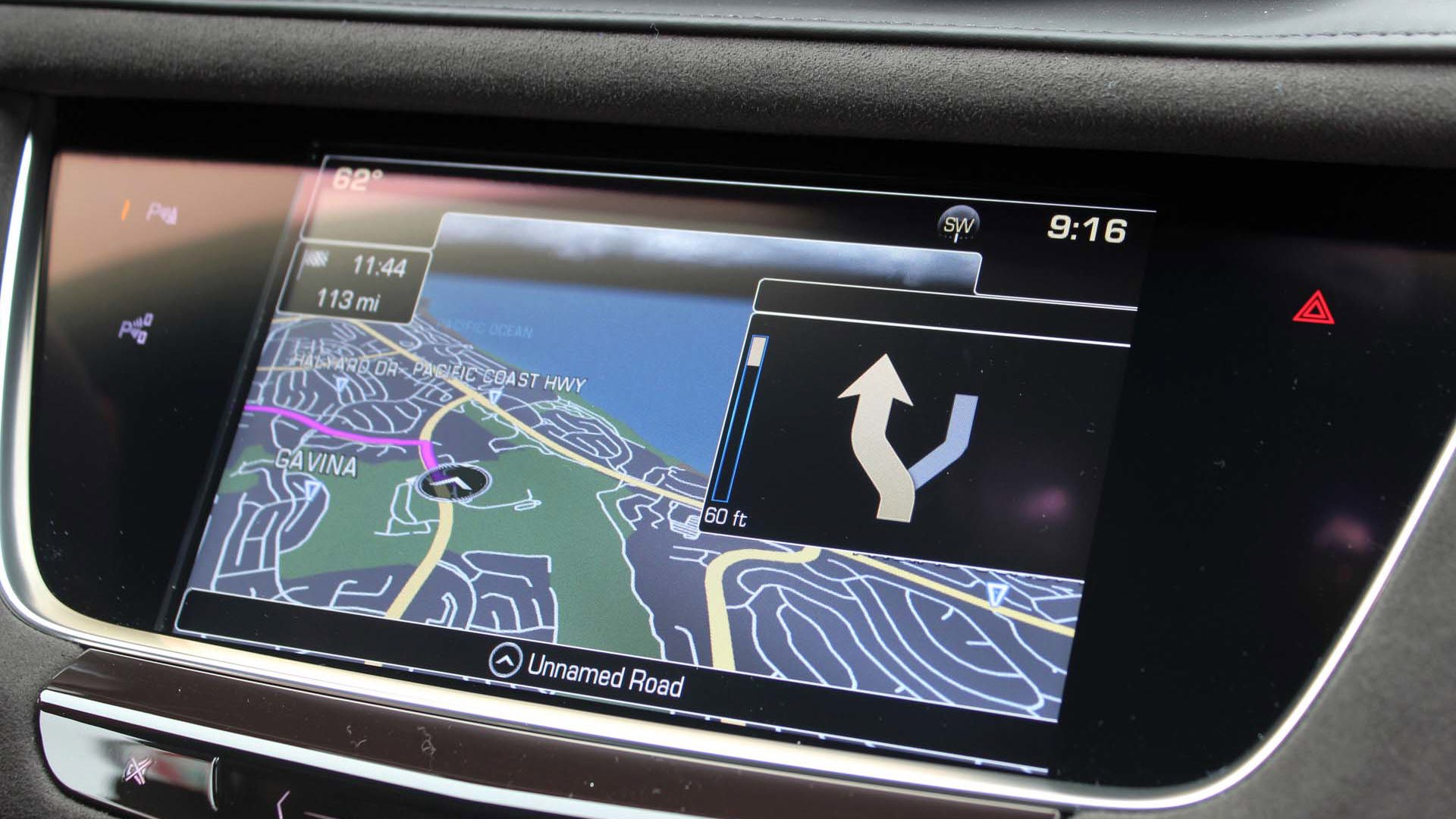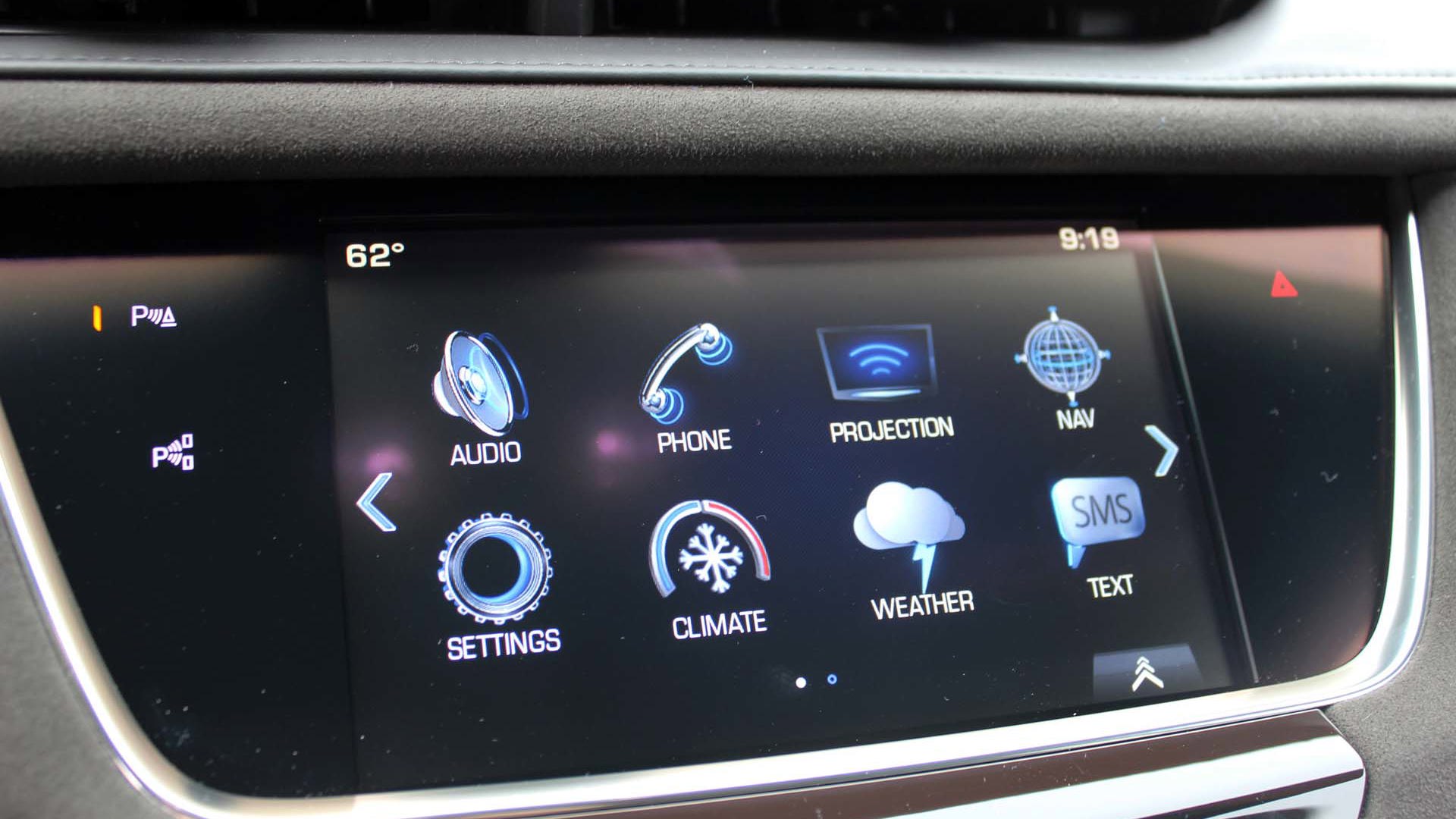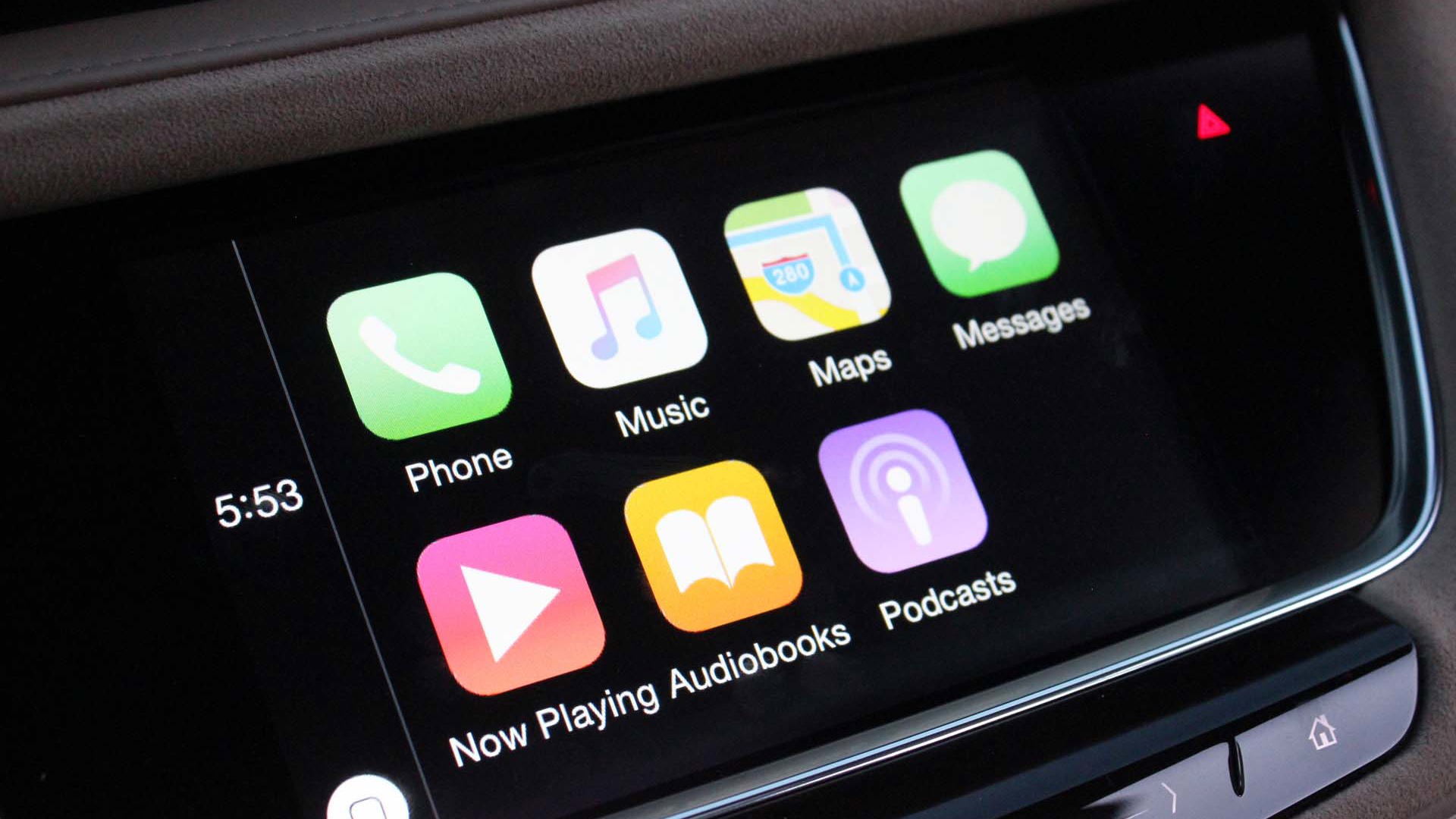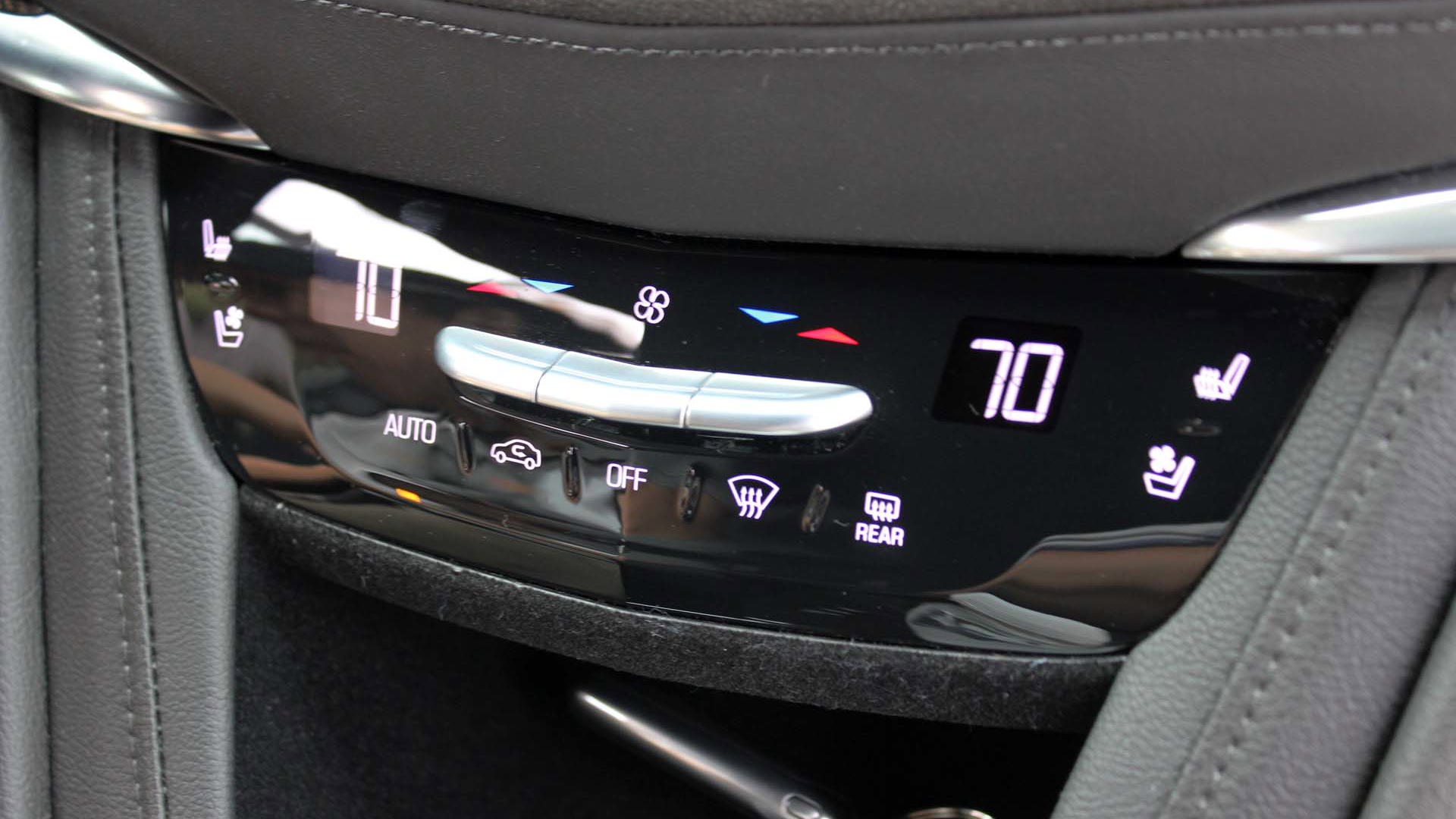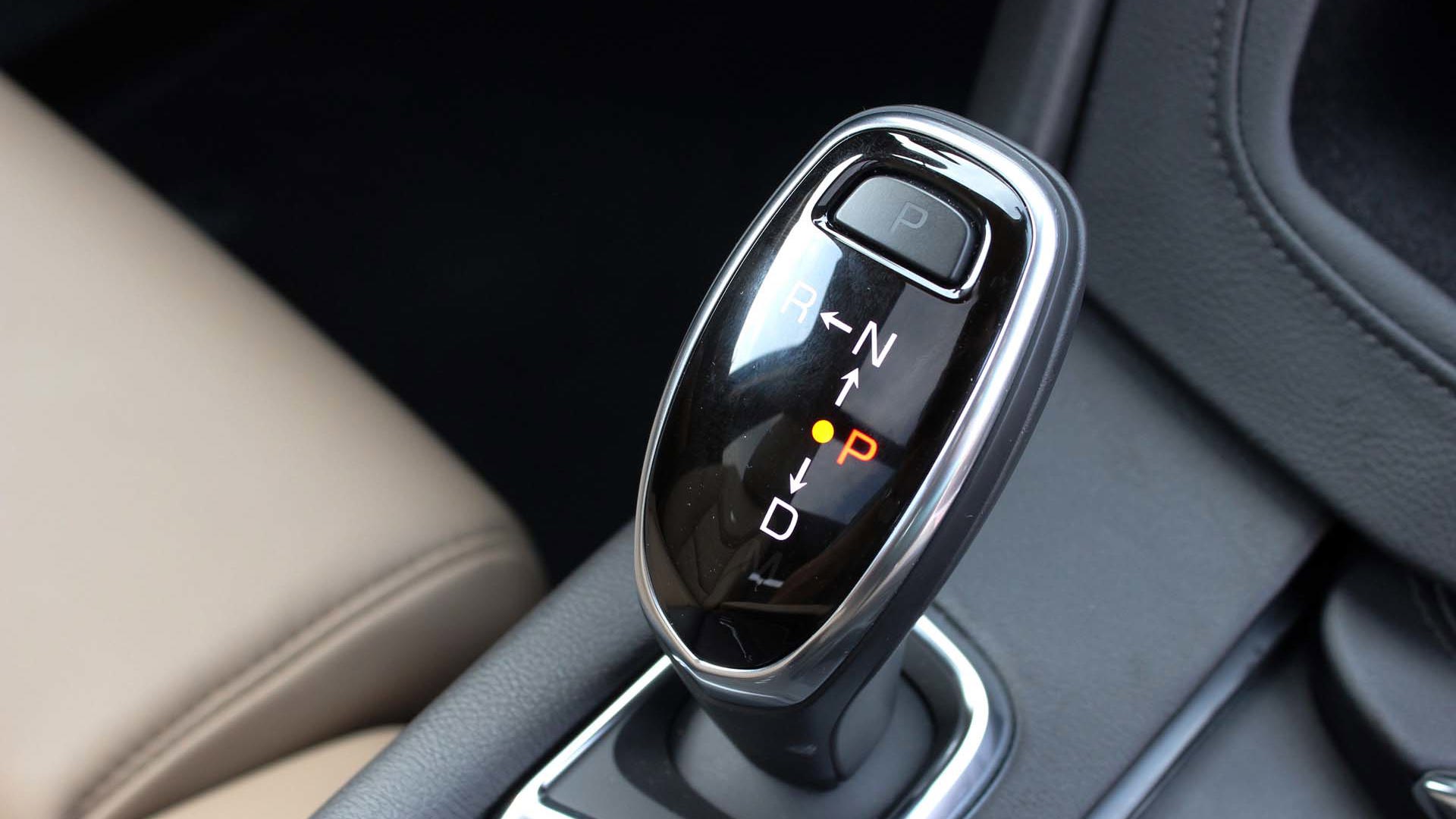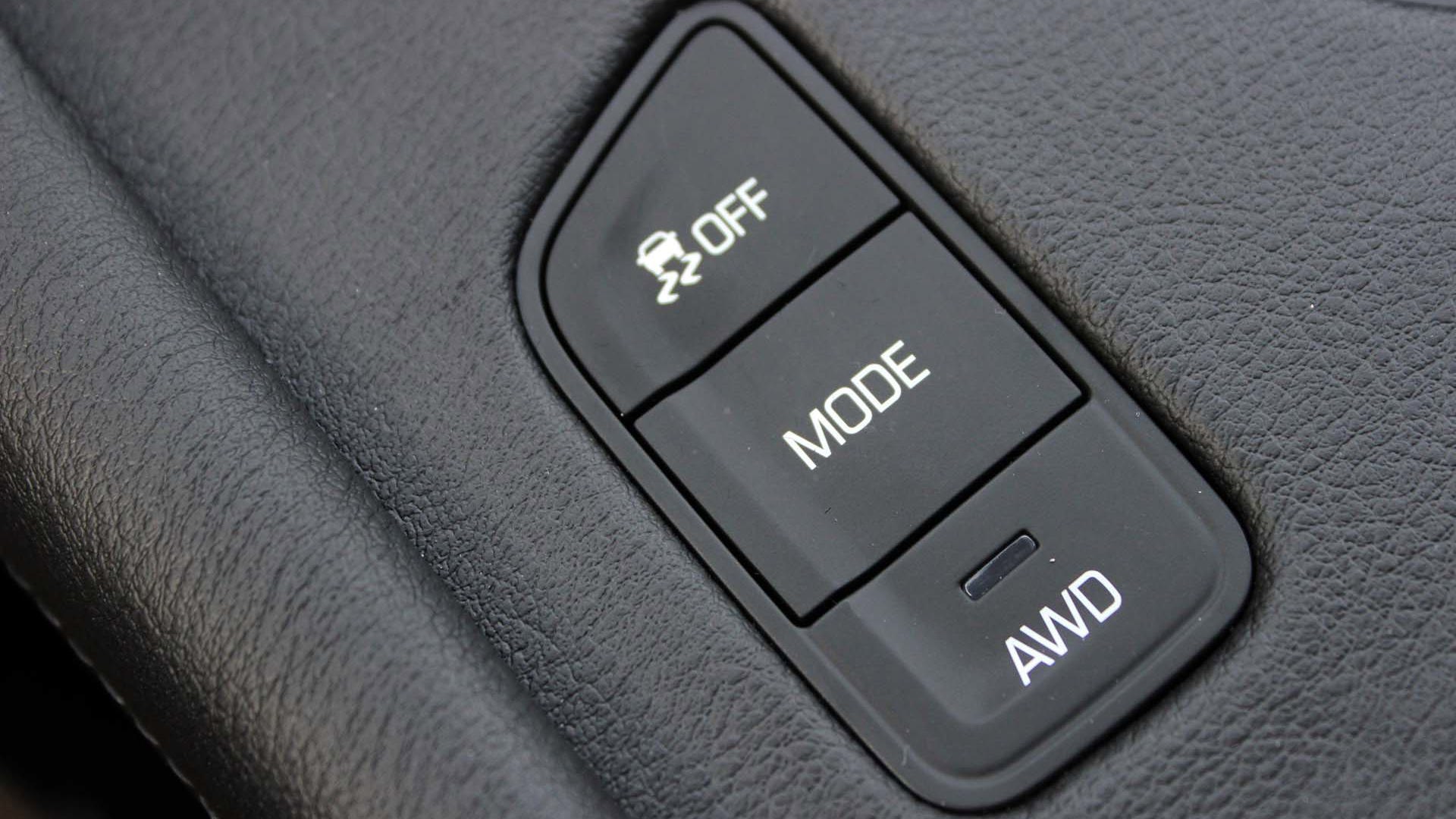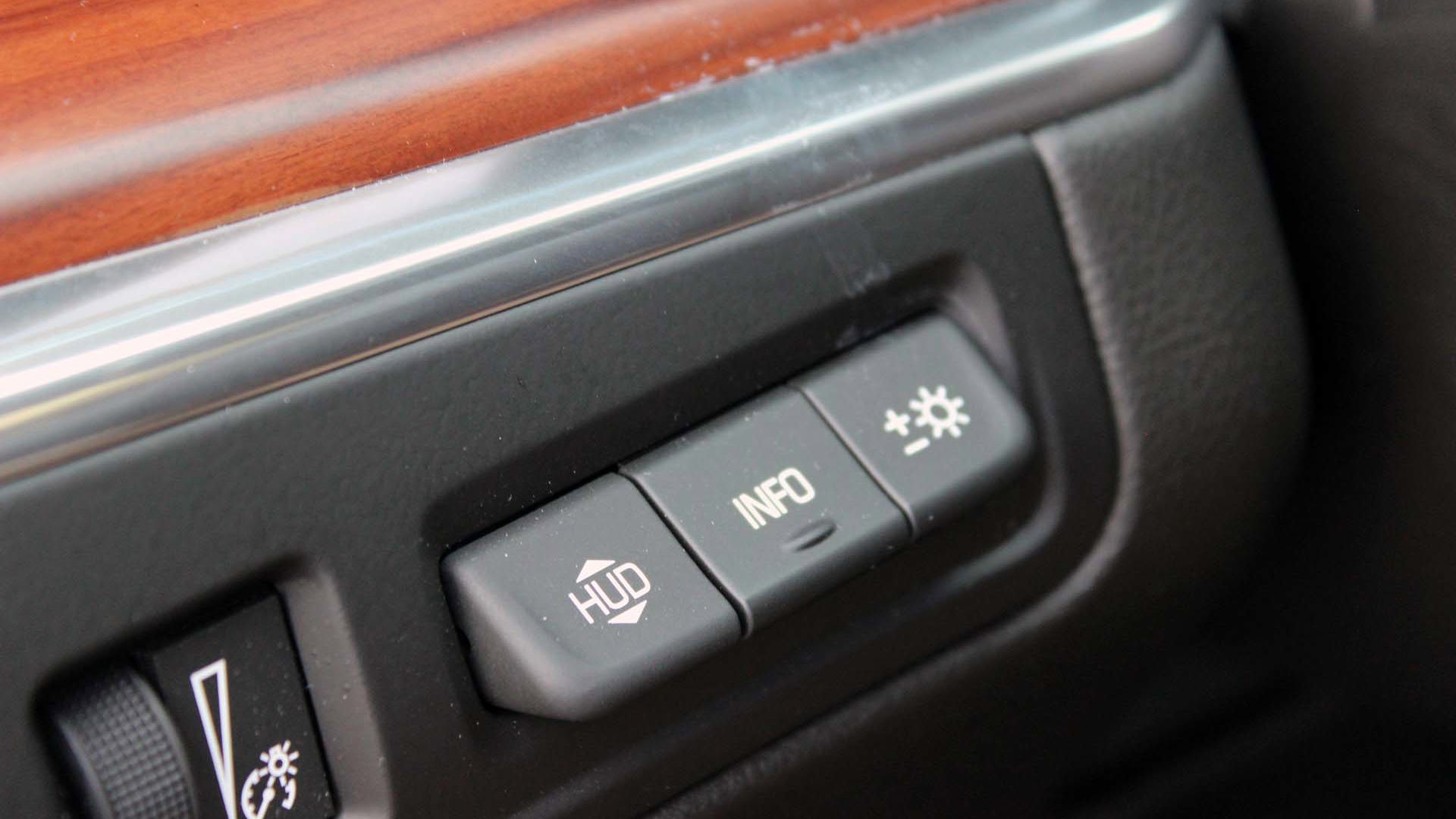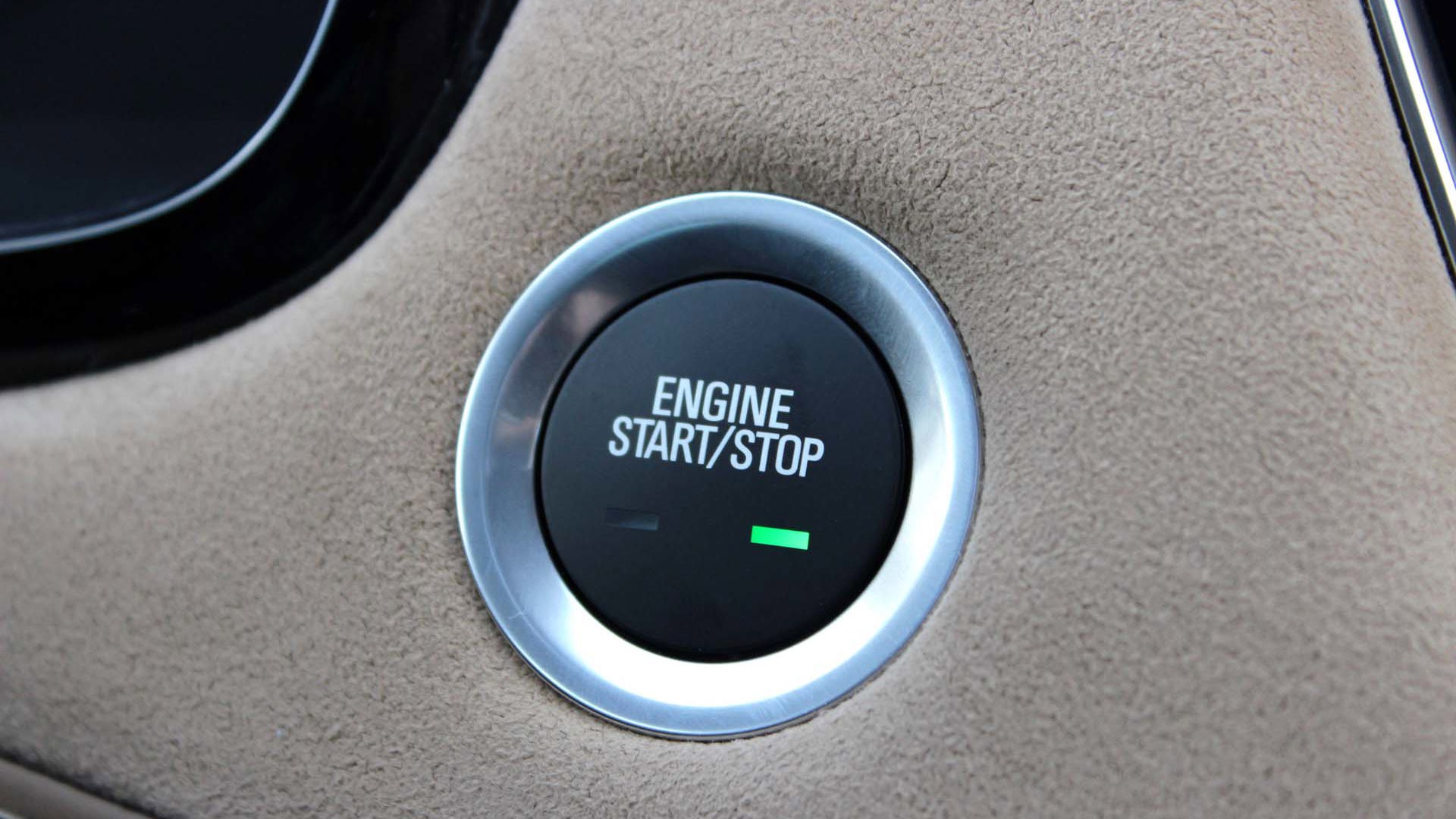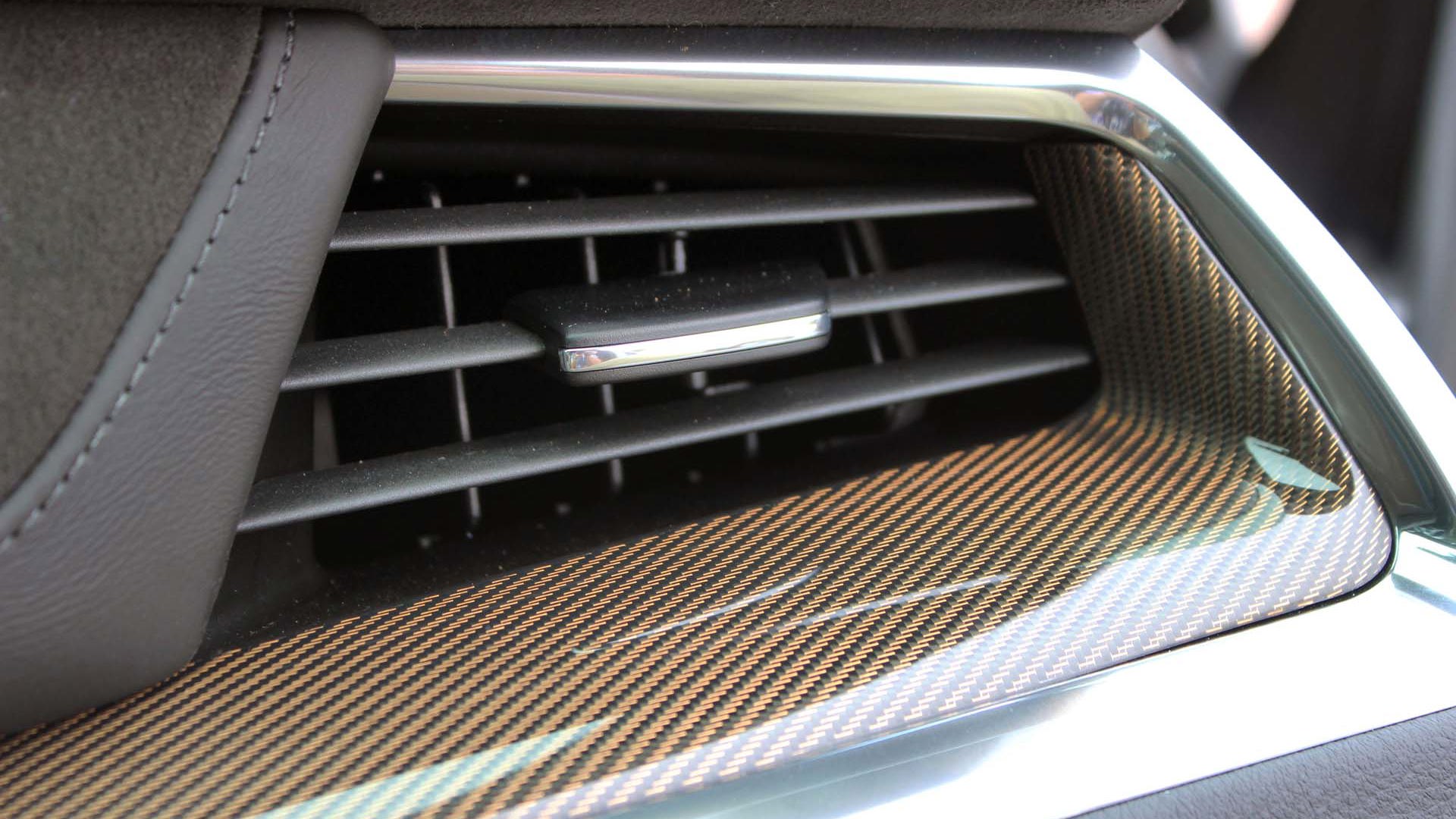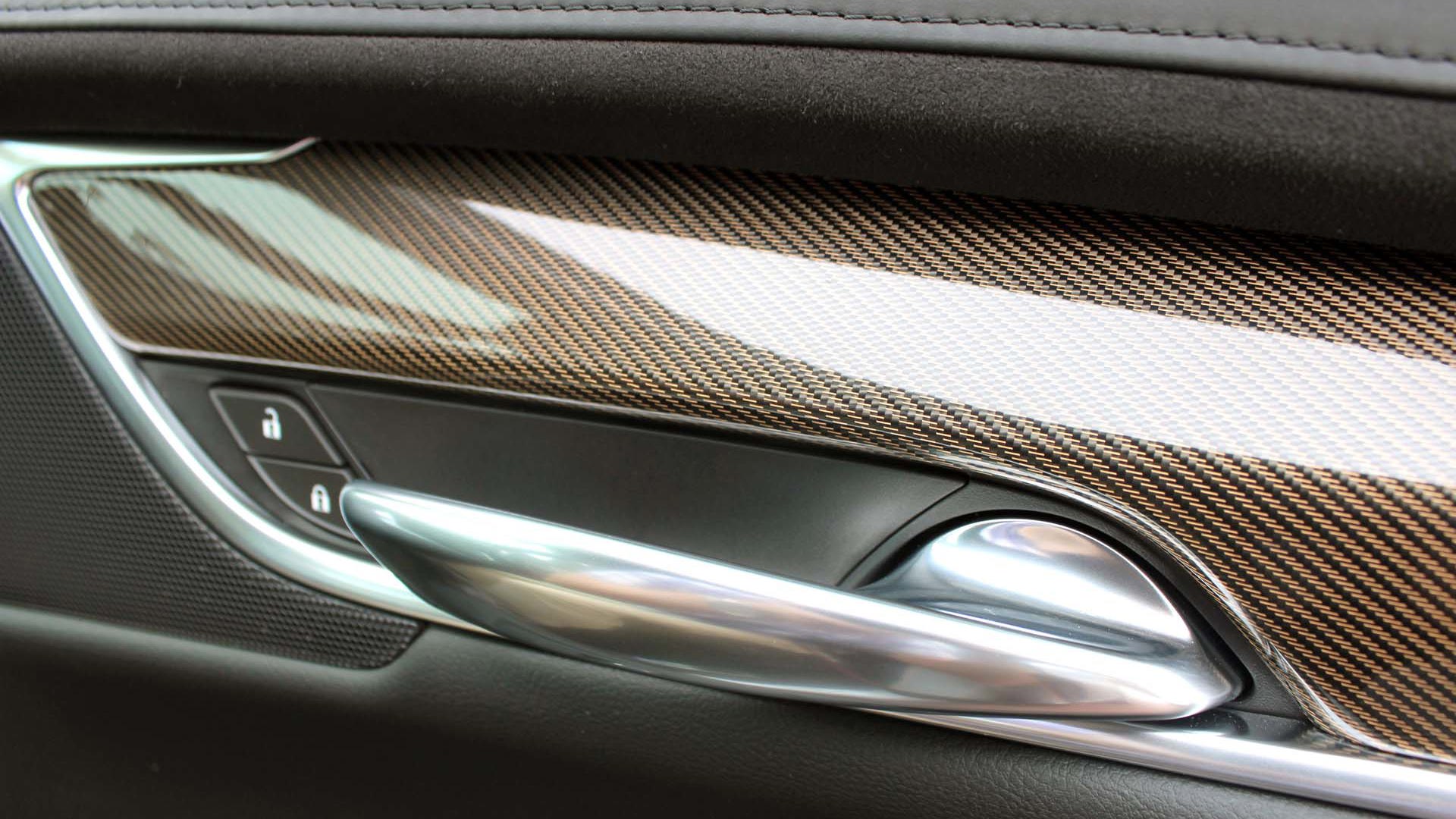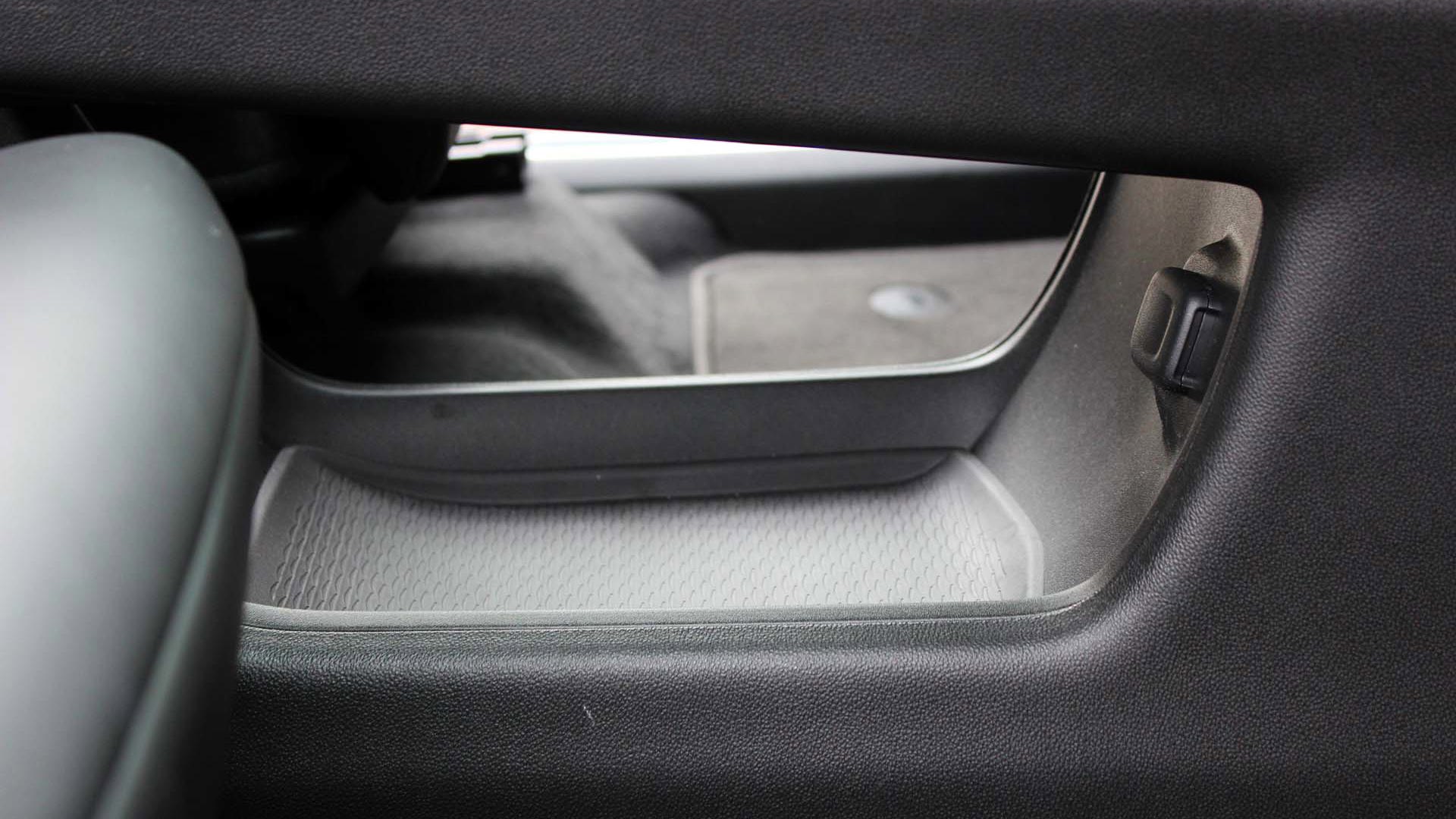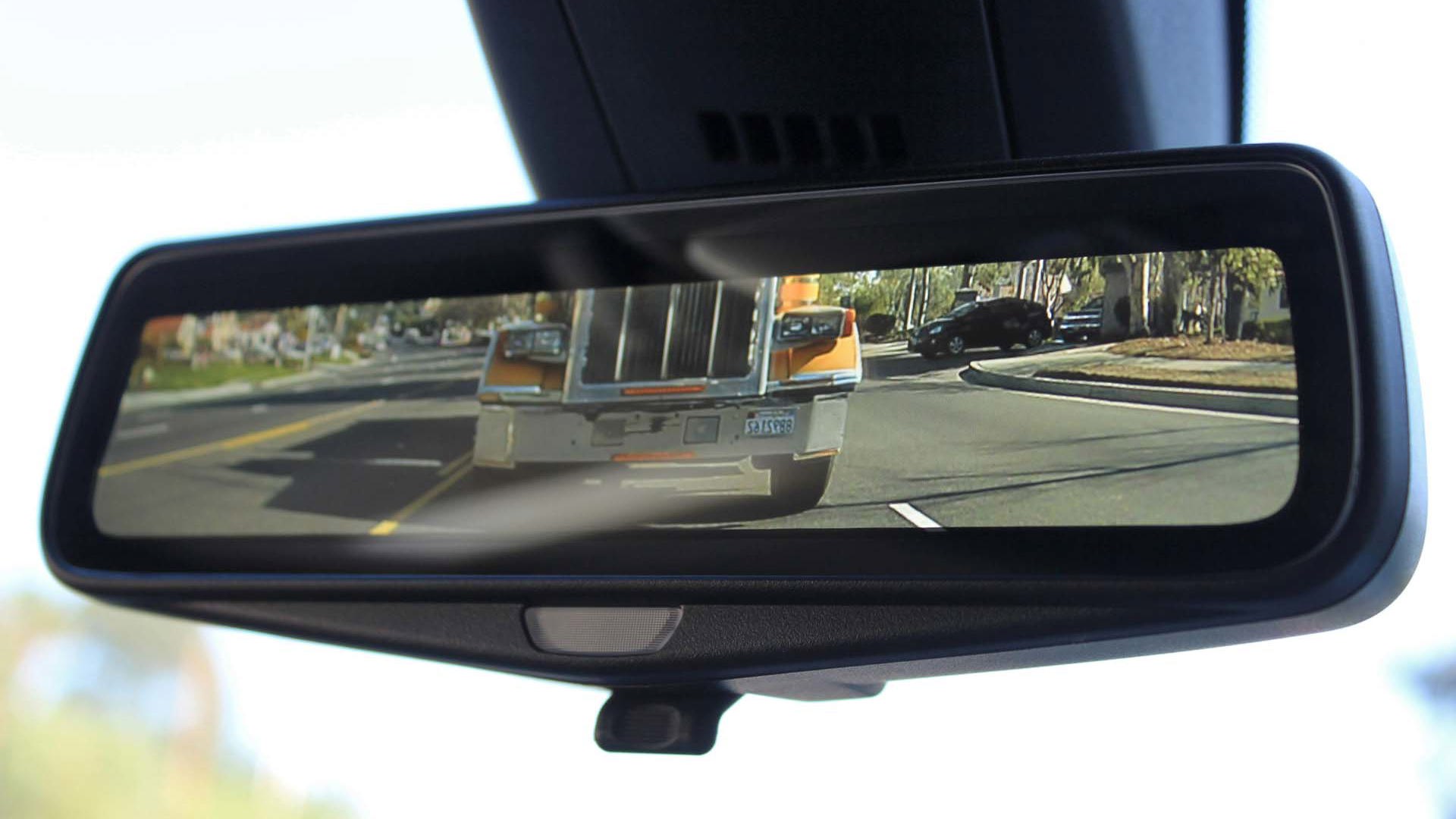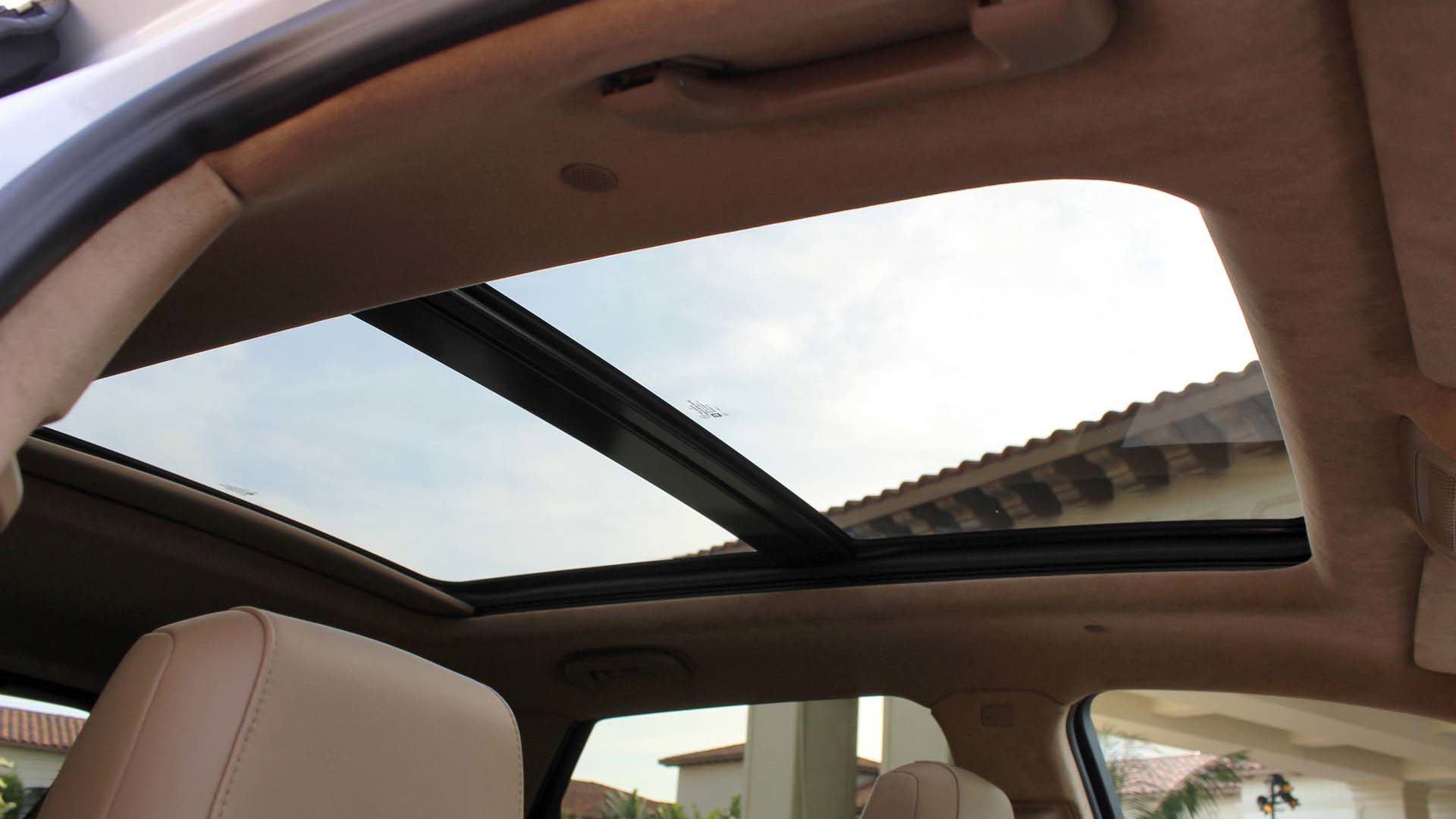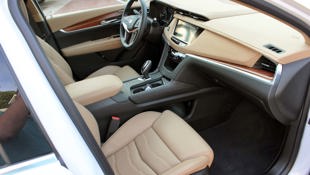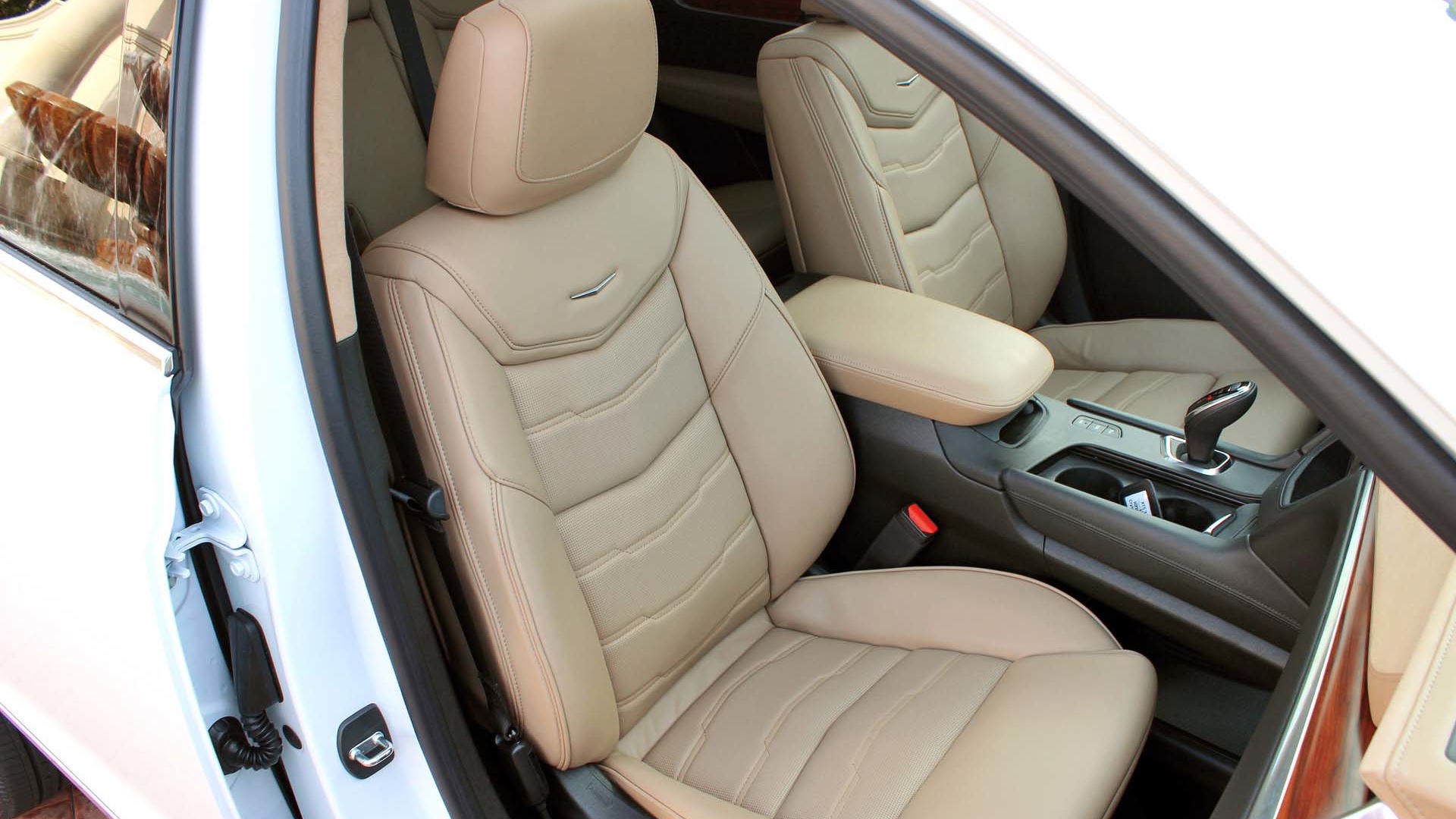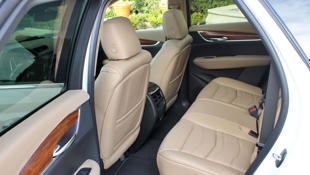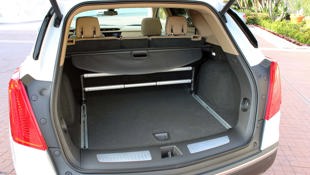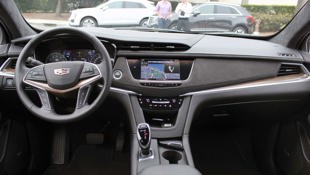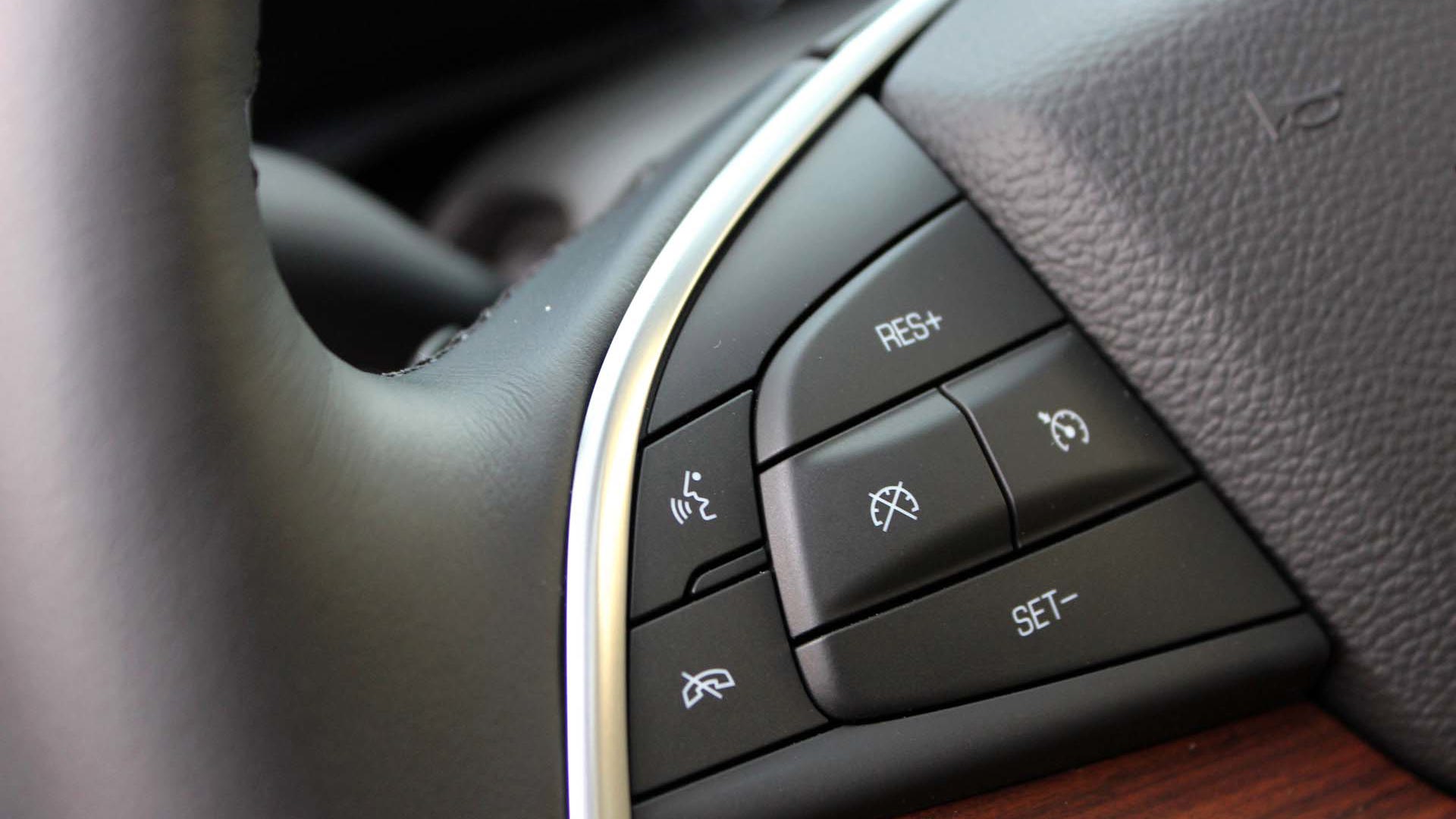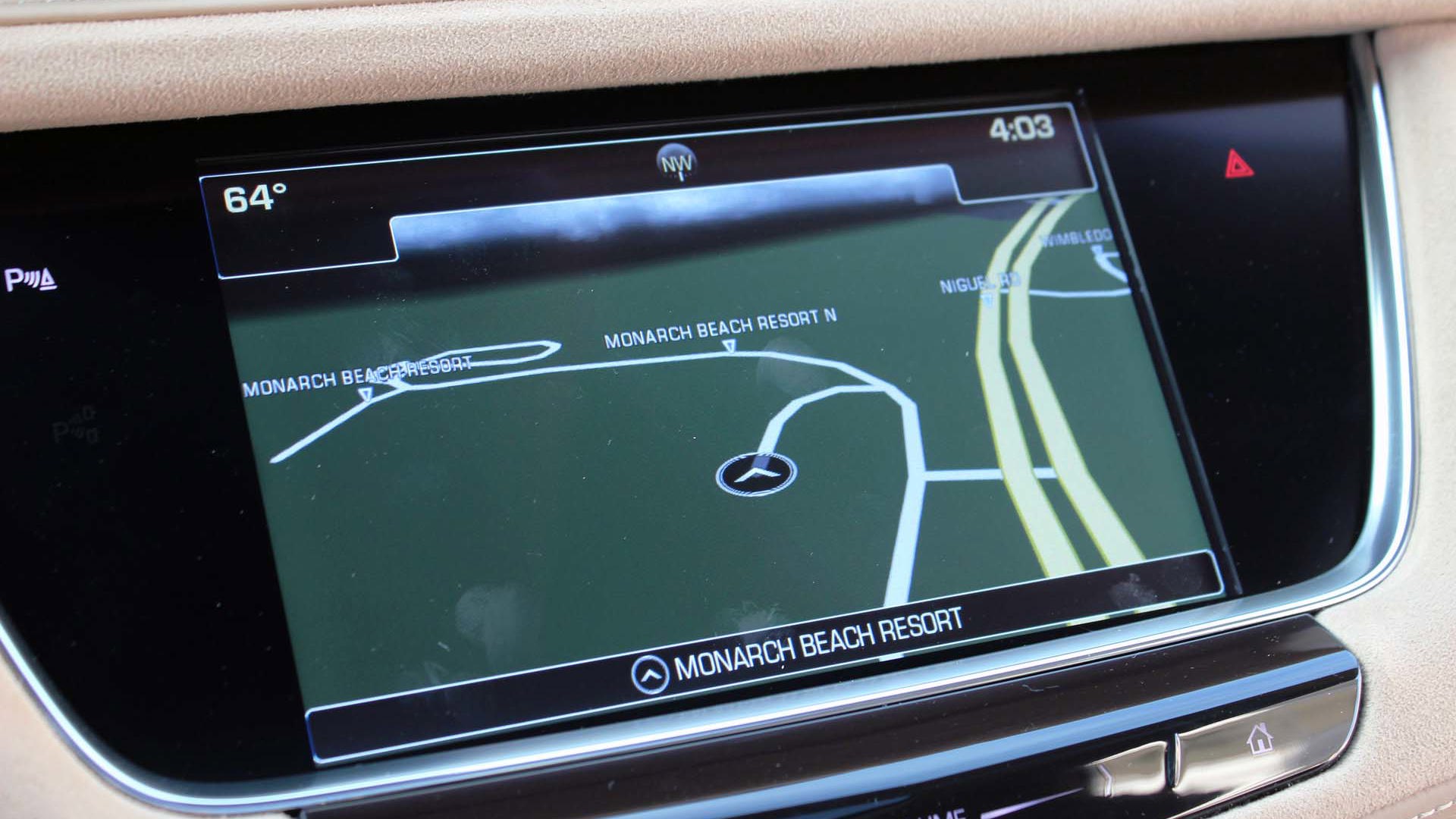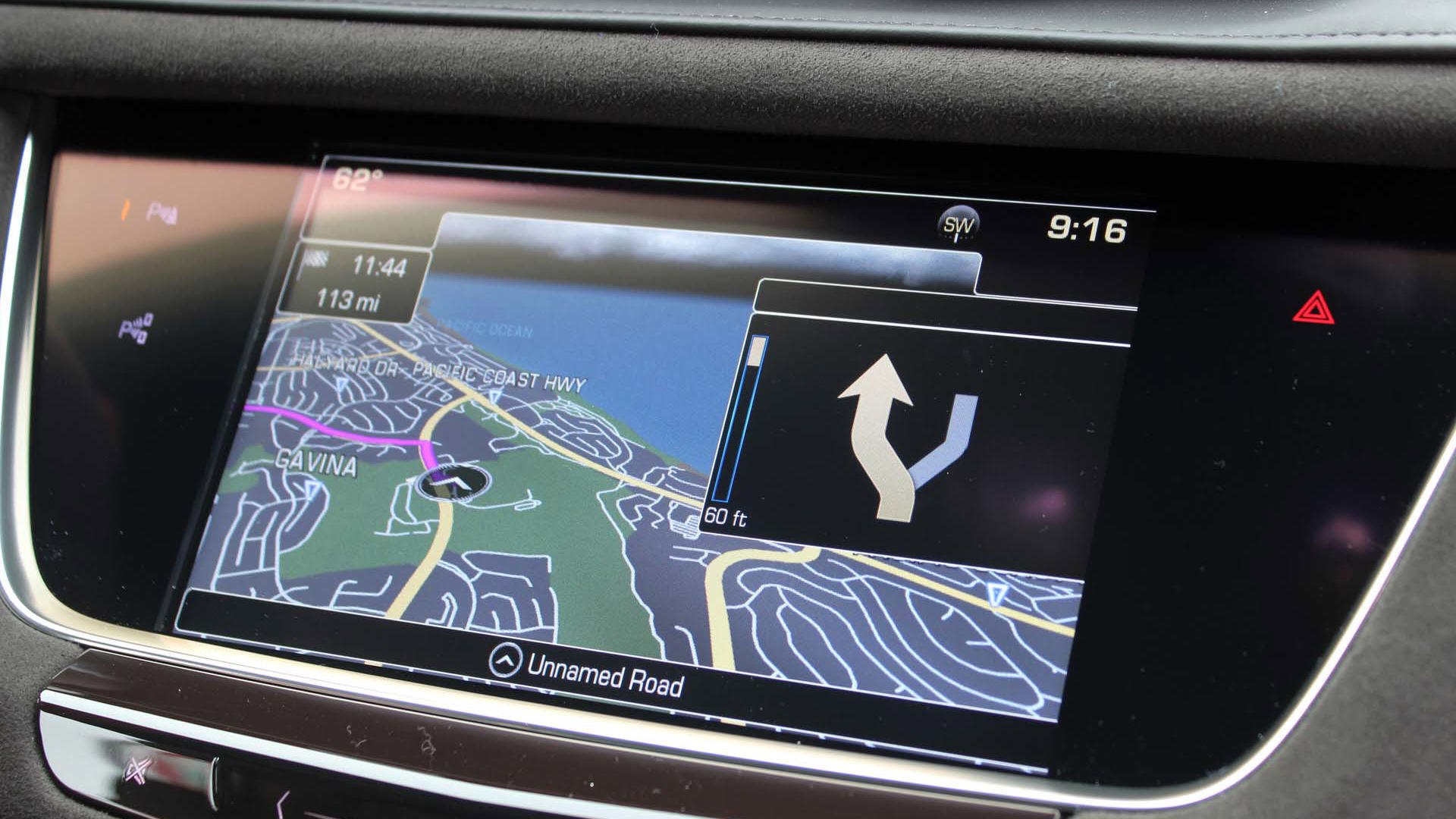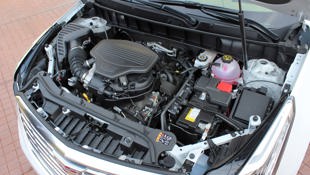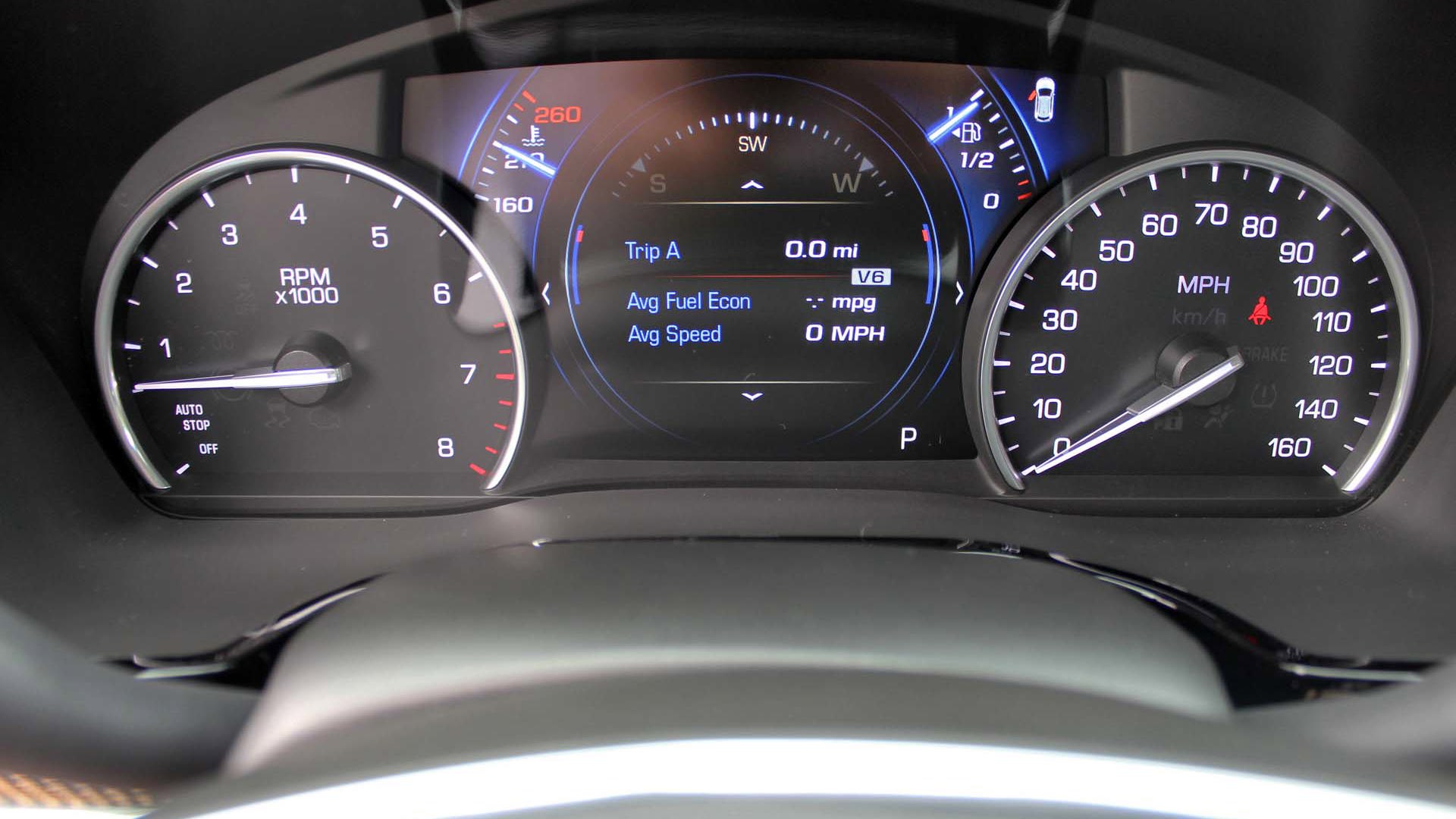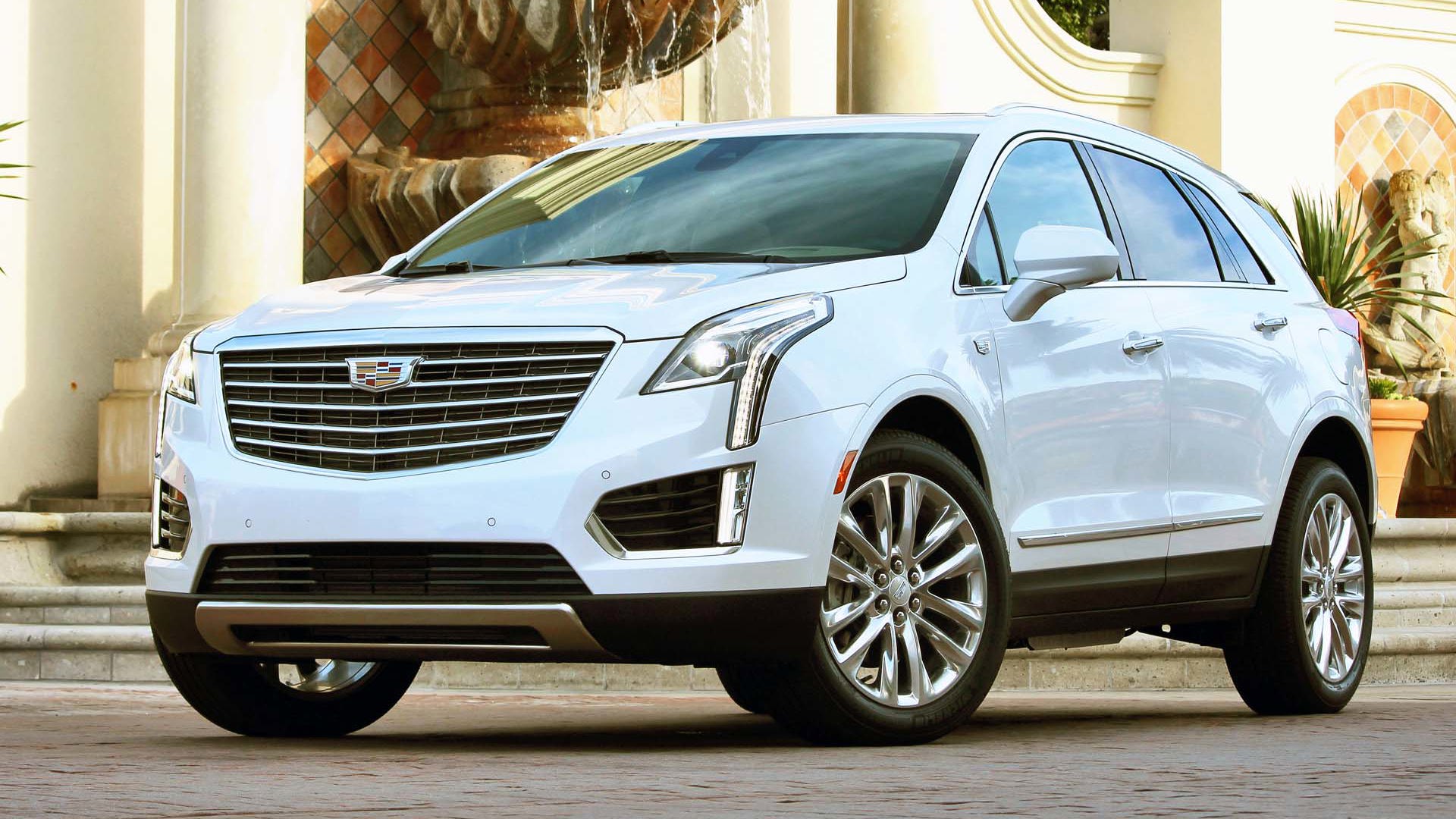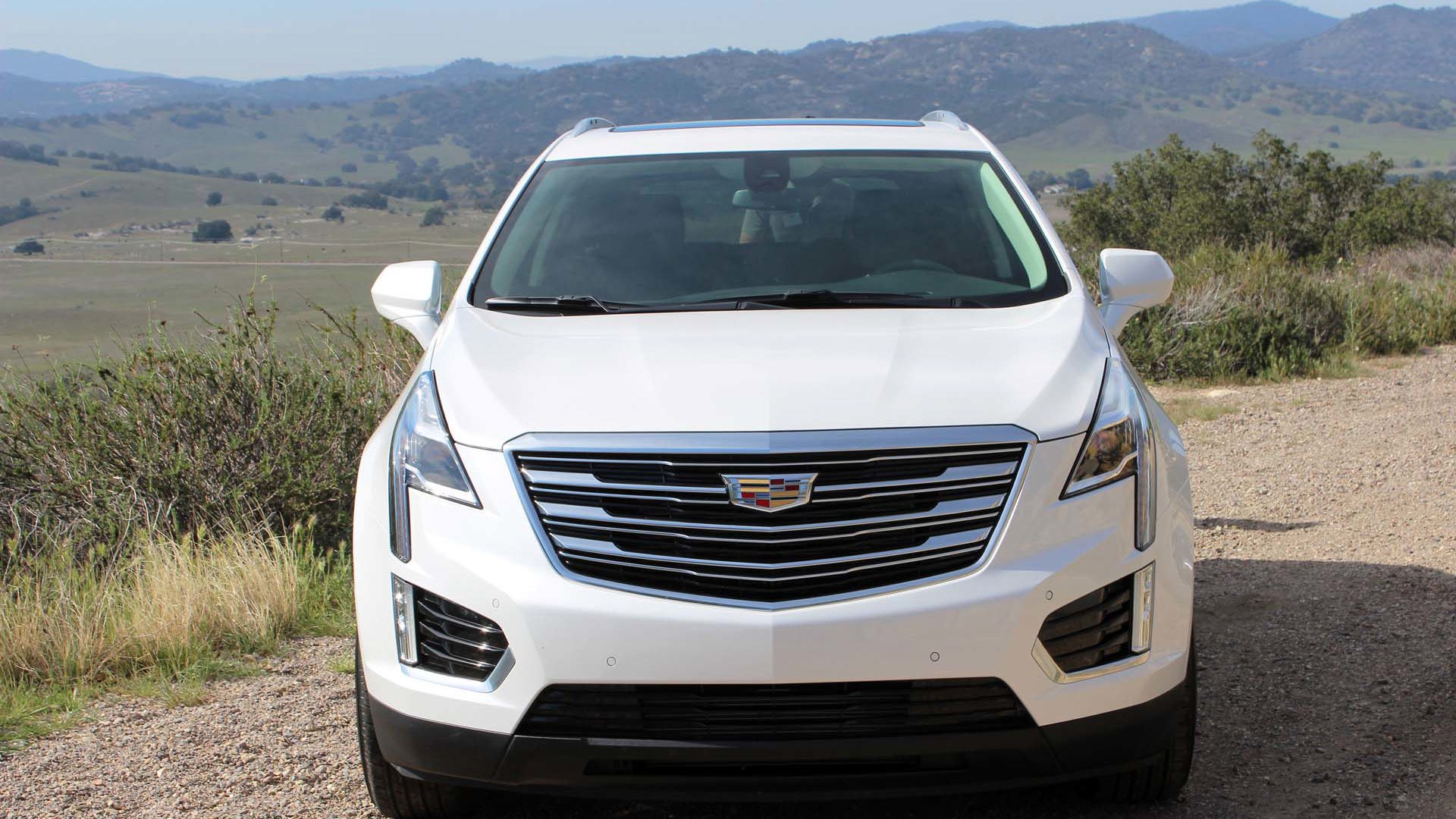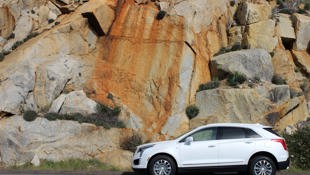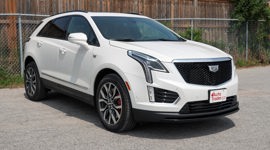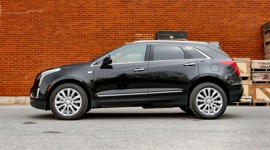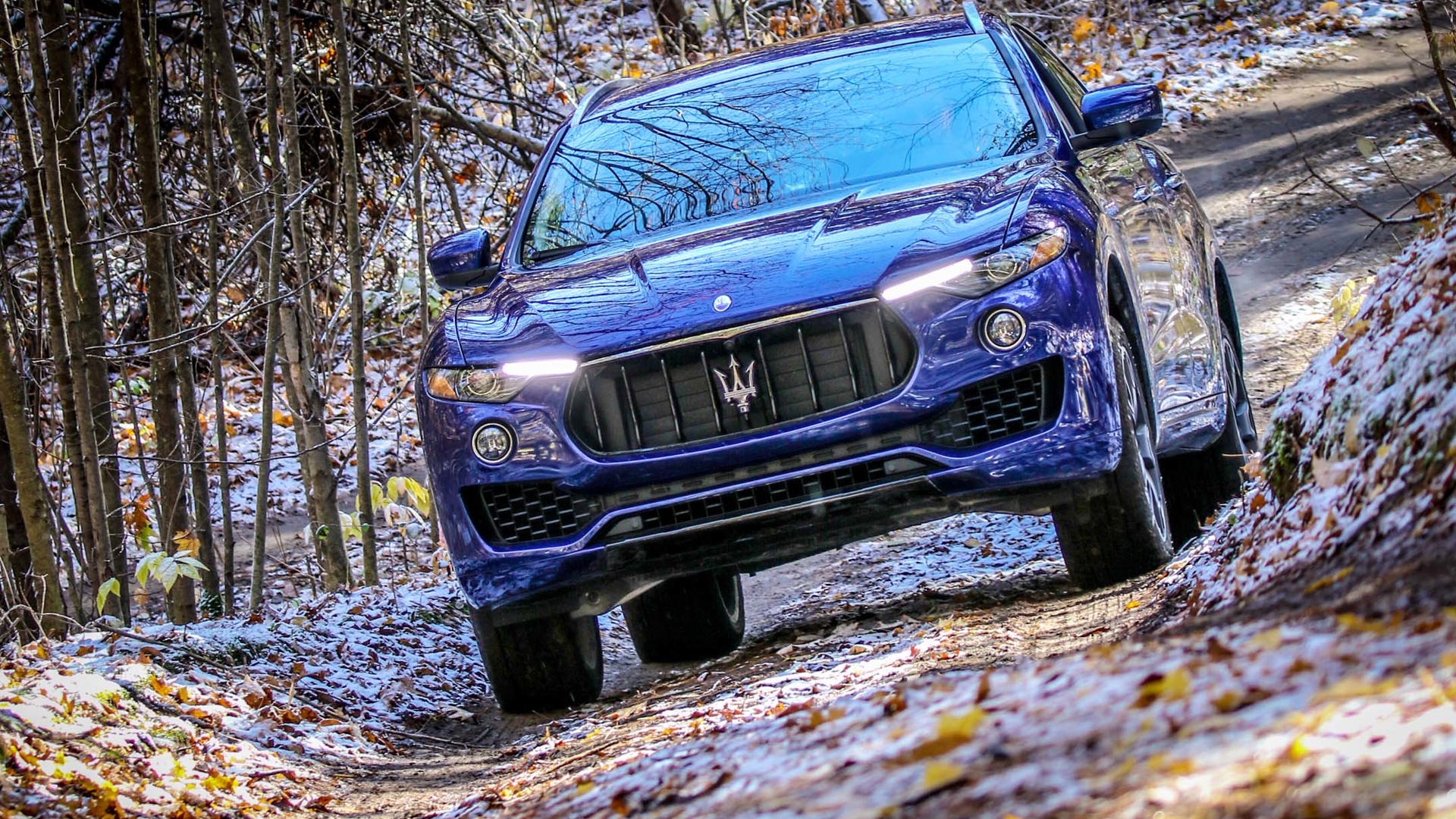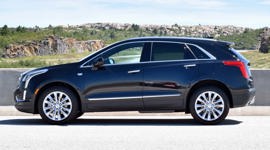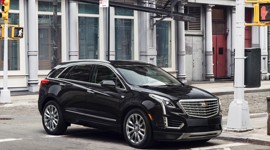Ahhhh, Los Angeles. The glitz. The glamour. Sunset Boulevard. “I’m ready for my close-up now” and all that. It’s where dreams are created, realized and sometimes crushed. It’s where Walt Disney hangs out. It’s where palm tree-lined streets give way to sandy beaches and the ocean beyond in one direction, and snow-capped peaks and some of the honest climes in the world in the other. In short, it’s the perfect place to launch a car that needs to walk that same line: luxurious and Hollywood-ready on one side, and prepared for a cross-country-to-the-cabin cruise on the other. A car like the 2017 Cadillac XT5 crossover, for example.
Luxurious and Hollywood-ready on one side, and prepared for a cross-country-to-the-cabin cruise on the other.
I’ll spare you the effort right away: yes, the XT5 bears a striking resemblance to the SRX it replaces. Indeed, Cadillac would be loath to change things too much, considering the SRX has been their bestselling model in Canada for eons now, culminating with an 18 percent sales increase last year. That’s massive, and it shows just why Cadillac wouldn’t want to mess too much with a good thing.
Not that there aren’t changes, and as you look closer at the XT5 some pleasing details begin to emerge.
For starters you’ve got new headlight lenses which are an example Cadillac’s Arts and Science design language, taken to the nth degree. The grille is also a little larger, a little more robust and overall, the XT5 is both shorter than the SRX but has a wider track and longer wheelbase, giving it a pretty purposeful stance, especially when considered from the rear three-quarter angle. That’s a view also helped by moving the rear wiper up under the roof spoiler, for a cleaner look overall.
Other flares like all-new (optional) 20-inch wheels and a set of subtle creases down the side of the vehicle are elements that add a little more character, as opposed to the relative slabbiness of the old car.
Inside, however, is really where the whole thing comes into focus.
The XT5 will be available in four trims, one of which is available with both AWD and FWD – XT5 (FWD only, $45,100), Luxury ($49, 250 for FWD, $52,120 for AWD), Premium Luxury ($59,830) and Platinum ($68,595) – but no matter the trim, there is a lot to like about the interior.
Quick hits: 7 things you need to know about the 2017 Cadillac XT5
It starts with the openness of it all; the larger side windows and stretched rear seating area make for an airier ambiance than previous, with more legroom for rear passengers, and better view out for all. Drivers in particular, meanwhile, benefit from the wing mirrors being moved forward, reducing a-pillar/wing mirror blind spots. While it may seem simple, the addition of an electronic transmission has also created more room inside; since the shift “lever” is now pretty much a switch, there’s no need for a shift linkage and so the area below the shifter has become a handy storage bin, big enough for purses.
Storage in general is pretty good; I’m especially a fan of the wireless charging system (standard on all trims), which not only charges your phone, but it keeps it out of the way, yet accessible. A word of warning: larger phones (we’re talking iPhone 6 Plus-sized) will have a hard time sliding into the slot. Should be fine for most, though.
For those who care more about the soft touch of fine cowhide than they do space, the materials used in the XT5 won’t disappoint. Almost everything you see is real; real open-pore wood, real leather and real aluminum. Yes, there are a few plasticized aluminum bits here and there, but that’s mostly overshadowed by the sumptuous materials used. I’m especially a fan of the microfibre suede used on some of the trim combos, which get names like “Maple Sugar” and “Carbon Plum” (bit of a cheeky nod to Mopar muscle cars of old there, eh, Caddy?). You know, because “black” and “beige” is just so boring. Oh, and how can we forget the carbon fibre used is not of the charcoal variety you’d expect; instead, it gets a very cool Kevlar-like finish. Job very well done with this interior, Caddy.
Once you get past all that and it’s time to actually consider user/car interaction, Cadillac’s next big ace up the sleeve comes to the fore: the available tech.
We talked about the standard wireless charging dock, but that’s quickly overshadowed by the standard availability of both Apple CarPlay and Android Auto, as well as a 4G WiFi hotspot.
For its part, I find CarPlay to be one of the best infotainment technologies to arrive in a long time, right up there with touchscreen interfaces and back-up cameras. It’s as plug-and-play as you can get; simply plug your iDevice into the car’s USB, and your infotainment screen becomes a mirror of your phone.
During our drive, the Apple system worked a treat, but the Android system took a little longer. For one, you have to download an app in order for it to work. Then, there’s actually a set-up process done through your phone and once that’s done, certain handset functions can only be used when you’re in park; that’s not a huge problem, but CarPlay can be modified any time, by anybody, sitting anywhere in the car (up to seven devices can be paired with the system), while only people with access to the Cadillac User Experience (CUE) touchscreen are able to use Android Auto. I guess you could say that makes the Android system safer, but I still think it’s a little much.
Speaking of CUE: it kind of follows the trend of the XT5’s styling in that while you may not realize it at first, it has been updated for 2017. The graphics have been changed a little, but most importantly, the processor is now faster. I haven’t been a huge fan of CUE – always found it a little slow to respond to commands – but it seems to have turned a corner for the better this generation. 2017 also sees the addition of more proper buttons; in the latest SRX, everything was done via the touchpad and touchscreen. In the XT5 you have – huzzah! – actual buttons to control your fan speed and temp. Seat heating/cooling controls, volume and climate control mode controls are still touch-based, though. It’s more responsive than previous, especially noticeable with the volume. With old CUE, I’d often be turning the volume up to 11 when all I was intending was to crank it to 4 or 5; that only happened once during our time with the XT5, possibly because of some greasy fingers incurred from the pastrami sandwiches we’d had for lunch.
It’s a good thing the volume controls work well, because the sound through either the standard 8-speaker system or optional 10-speaker unit is incredibly crisp and clear, and the system can handle heavy volume loads with very little distortion. Seems like your eardrums may burst before the tweeters do. So there’s that.
From entertainment tech we move to driver aids, of which there’s a healthy amount in the XT5. Chief among these is the digital rearview mirror, which acts pretty much exactly as it sounds. Basically, instead of the lever below the mirror setting night/day modes as is usually the case, it switches between the digital and traditional displays. A button on the rear of the mirror, meanwhile, modifies the screen’s brightness.
Cadillac claims the mirror expands your view rearward by 300 percent; remember that in addition to not having to worry about the size of the rear window (the mirror’s camera sits outside the car on the tailgate, right beside the back-up cam) impeding your view, you don’t have to worry about the heads of the rear passengers, either. Just a straight, unobstructed view backward. [Until it snows or gets dirty – Ed]
At first, it is a little disorienting but after a while, I found the toughest aspect to get used to was the fact that I couldn’t look at my rear passenger’s reflection as I talked to them. I swear: I kept trying to see them all day, right up until I pulled into my hotel parking lot at the end of the drive. I may never get used to that one. I guess it’s also strange that as a passenger, you can see exactly what the driver sees.
The rest of the available tech runs the gamut from active lane-keep assist, adaptive cruise control, automatic high beams, auto low-speed front and rear braking and emergency brake assist.
It’s just too bad that most of this stuff only comes via packages, which you can’t even spec if you opt for the lowest XT5 trim level. If you go the Platinum route, however, it’s all standard save for the adaptive cruise and automatic braking, which come as part of the $3,195 Driver Assist Package.
Of course, there will be those drivers that prefer to assist themselves and actually drive the thing.
Once you prod the standard starter button, you have access to a 3.6L V6 good for 310 hp and 271 lb-ft. of torque. Those are both incremental increases over the SRX, and more than what’s made by base models of the Audi Q5 or Lincoln MKX. Thing is, both those vehicles – the Q5 especially, as it and the BMW X3 were the most talked about competitors during the launch event – have other models with higher-po turbocharged engines. Yes, other markets get turbo-four powered XT5s, but that doesn’t really help us here, now, does it?
So the V6 it is, then, which isn’t necessarily a bad thing as it’s a very good engine. It even sounds the business when you really step on it thanks to the dual rear exhaust, which comes standard on all trims.
Also standard is an eight-speed automatic transmission, whether you’ve selected an FWD or AWD model. The gear “switch” we talked about earlier works well enough, although both myself and my drive partner had trouble finding reverse; you have to first bump the lever up once, then bump it to the left. I guess you could eventually learn to do this in one fluid motion, but we didn’t.
Paddle shifters also come as standard, a nod to the manufacturer trying to give this particular crossover a sportier air. That may raise some eyebrows, but if there’s one thing Cadillac’s been doing well lately, it’s their performance sedans and coupes, which have been changing the opinions of many naysayers if the reviews of – and my brief experience with -- stuff like the ATS or CTS-V are anything to go by.
Indeed, once sat behind the wheel of the XT5, both myself and my drive partner agreed that it felt more like we were sat in a car than we originally expected. Yes, the deep dash takes a little getting used to, but after that, the seat can be adjusted to provide a nice, low-slung driving position.
In addition to the power increase, Cadillac has also managed to shave 130 kilos off the weight of the SRX, thanks to the judicious use of four types of high-tensile steel alloys in the body and chassis. Considering the close ratios of the eight-speed tranny, we expected lightning performance off the line.
What we got, though, was more a smooth delivery of power; you have to rev high to reach peak figures, but the naturally-aspirated V6 means that the powerband is a smooth one overall. It was also surprisingly deft when it came to at-speed passing maneuvers and the like, the transmission quick to drop ratios if need be.
Technically, there are three drive modes – tour, sport, and AWD – but a smart driver-selectable AWD system adds a further layer of adjustability.
With the press of a button at any speed, you can switch from between front- and all-wheel-drive, as the dual-clutch rear differential allows the driveshaft to be seamlessly decoupled from the back wheels. It’s a great way to help save fuel (we saw just over 10 L/100 km during our 350 km journey), although it should be known that it can’t automatically revert to AWD if the front wheels begin to slip; the driver has to do this on his own. Best leave it in AWD in inclement weather, then.
Other more traditional AWD-isms exist here, too: there’s torque vectoring, and power can be distributed to the wheels that need it the most. Coupled with the optional adaptive suspension (which has been specifically tuned to work with the 20 in. wheels, and you can’t have one element without the other), the XT5 rides well, and while not necessarily feeling the sports car in the corners, does a good job of keeping things copasetic. The adaptive suspension has also been tuned to help reduce road noise, and coupled with a fairly slippery shape, it’s quiet inside the XT5, too.
As we mentioned before, the Cadillac brass on-hand at the launch spent a lot of time comparing their latest opus to what’s being offered from the Germans. That’s a pretty gutsy call, as the Germans have managed to take their luxury sedan knowledge and apply it to their small crossovers.
They didn’t spend too much time talking about the Japanese luxury brands, however. That doesn’t change the fact that in this writer’s opinion, I’d be quicker to liken the XT5 to something like the Acura RDX or Infiniti QX50. It’s not quite as zippy as something from Germany, but it does well to pair a well-tuned chassis to a powertrain that’s probably powerful enough for most, and un-invasive at the same time. Sprinkle in some pretty advanced tech features, and you have a vehicle that has what it takes to fill the big pair of shoes left by the outgoing model.
Pricing: 2017 Cadillac XT5
Cadillac XT5 Base FWD: $45,100
Cadillac XT5 Luxury FWD: $49, 250
Cadillac XT5 Luxury AWD: $52,120 for AWD
Cadillac XT5 Premium Luxury AWD: $59,830
Cadillac XT5 Platinum AWD: $68,595
